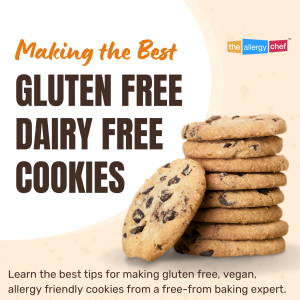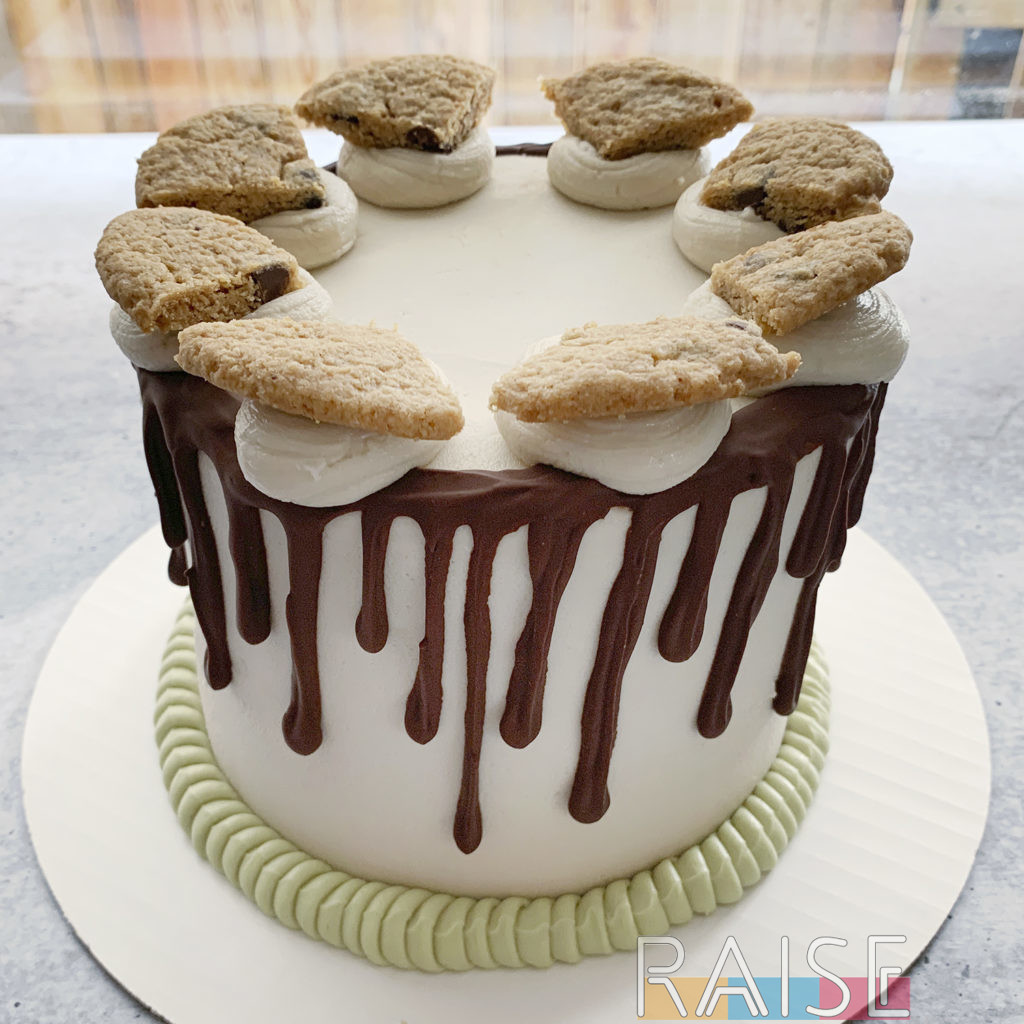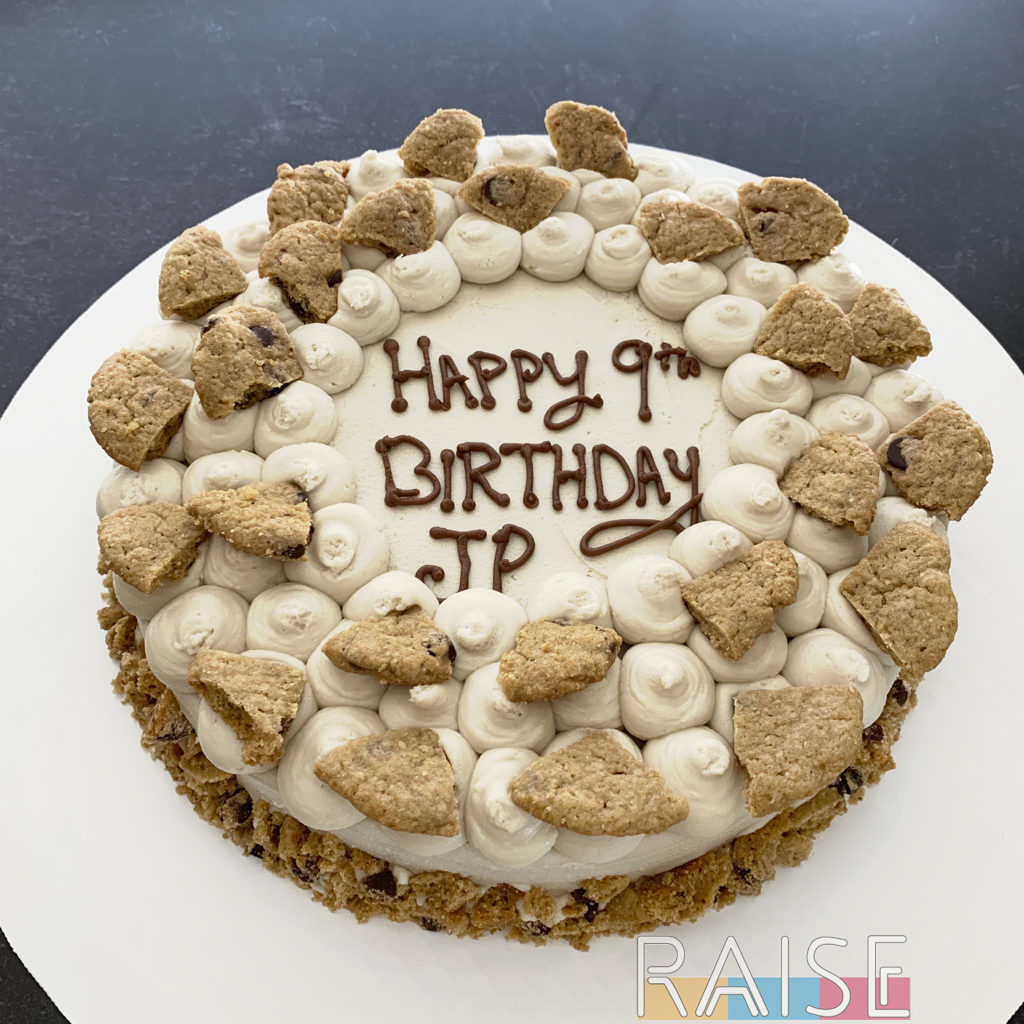I’m just going to let you know now: it’s absolutely possible to be free-from many ingredients and still have delicious cookies. We’re going to take a look at amazing gluten free and dairy free cookie recipes, vegan cookie recipes, and the overall art of cookie making.
If you’re a cookie making pro, skip past the first section of this article and head straight to the recipes. There’s also a free-from cookie making FAQ at the end of the article.
What Kind of Flour Should You Use When Making Gluten Free Cookies?
Replacing wheat flour isn’t as simple as grabbing any old gluten free flour and using it. The type of cookie recipe will determine what kind of gluten free flour you should be using. Refer to the recipe card and determine if the overall flavour profile is on the light/sweet side, or more on the earthy/deep/dark side. For example, if I were converting a recipe for sugar cookies, I wouldn’t use buckwheat flour in the blend. That’s because it has a dark earthy flavour profile. Instead, I’d stick to flours such as sorghum or rice.
On the flip side, a dark chocolate cookie recipe would pair well with buckwheat flour since cacao is also in the earthy flavour range. Don’t be overwhelmed if you’ve never made a gluten free flour blend before. They’re usually comprised of simple ingredients that work together to help your recipes shine. Refer to this article on Gluten Free Flours to learn more.
You may be in a situation where an all purpose flour is the best choice. Many all purpose gluten free flour blends contain extra ingredients such as xanthan gum. Whilst this can improve overall quality and texture, honestly, it’s not needed. If you start with a solid homemade gluten free all purpose flour blend, you won’t need the extra gums, binders, and conditioners to have super delicious dairy and gluten-free cookies.
Different brands make 1:1 gluten free flour substitutes including Bob’s Red Mill, Rustic Scoop, and Better Batter. The idea is that you take their gluten-free flour blend and use it 1:1 in place of the wheat flour in a recipe. Often times this will work, however, make sure you know how the flour blend works. Some manufacturers have suggested uses on the package, as the flour is not suitable for all applications.
Either way, once you find or make a gluten free flour blend you really enjoy, use it in a range of recipes so you know how it works best.
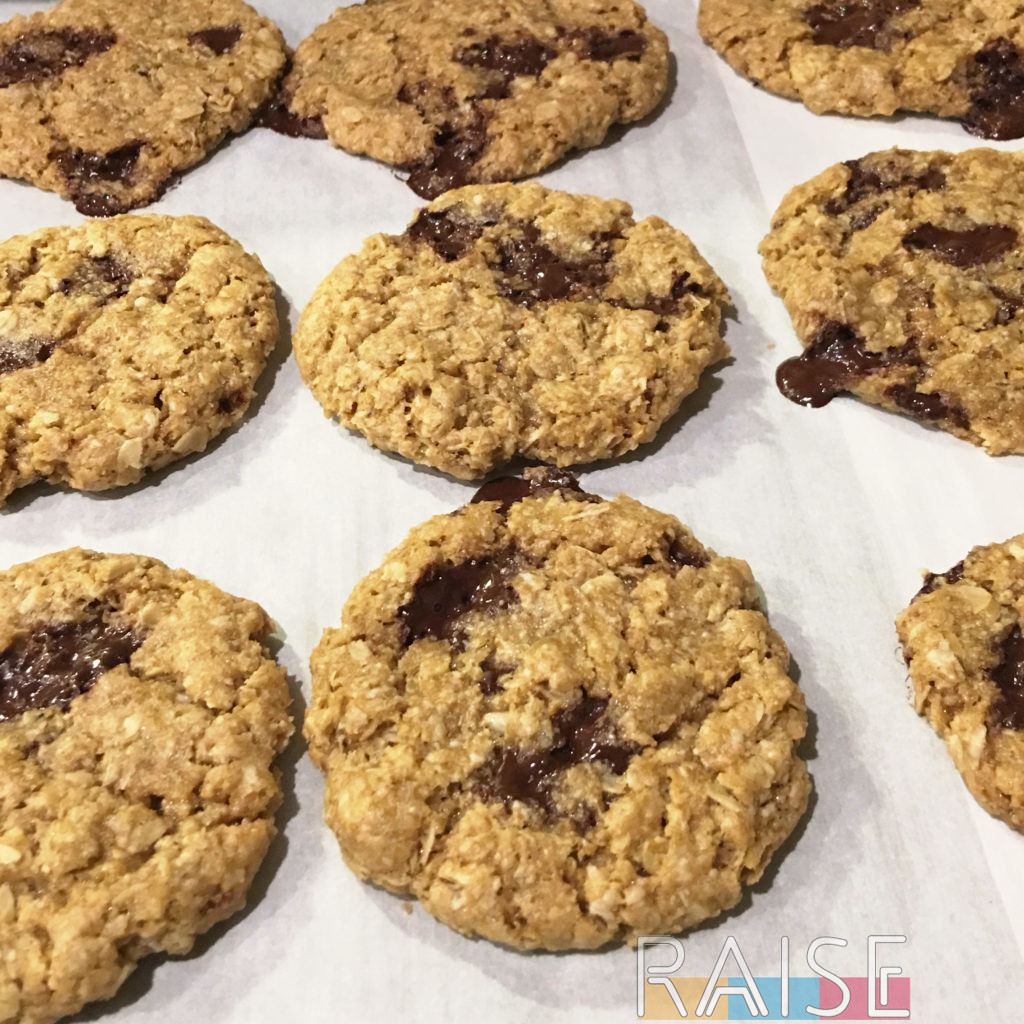
A Warning About Almond Flour, Oat Flour, and Coconut Flour
If you opt to make your own gluten free flour blend at home, know that some flours don’t behave the way you may expect. The top three gluten free flours that you’ll see in stores, that don’t play the same, are going to be almond, oat, and coconut.
The key is that they absorb liquid at a different rate than other gluten free flours. For example, if a recipe calls for one cup (170g) of superfine sorghum flour, and instead you use 170g of coconut flour, you’ll have baked bricks. One would usually use 20 – 30% of the amount called for when swapping for coconut flour.
However, this is a great example of why flour blending is SO important when you’re baking gluten free. You’ll craft a blend that uses the strengths of different flours to produce amazing baked goods.
If we look at oat flour, here’s something very interesting: if you allow your mixed batter to sit, unbaked, the oat flour can alter the consistency. If a developer has a good blend, you shouldn’t see this happen. However, if you have a recipe that’s only oat flour, and then you leave it on the counter for an hour, when you come back, it won’t be the same batter.
Keep these warnings in mind as you create a blend at home.
Common Tools Used in Cookie Making
- Baking Sheet
- Parchment Paper
- Airtight Container
- Large Mixing Bowl
- Wire Rack
- Ice Cream Scoop (or cookie scoop)
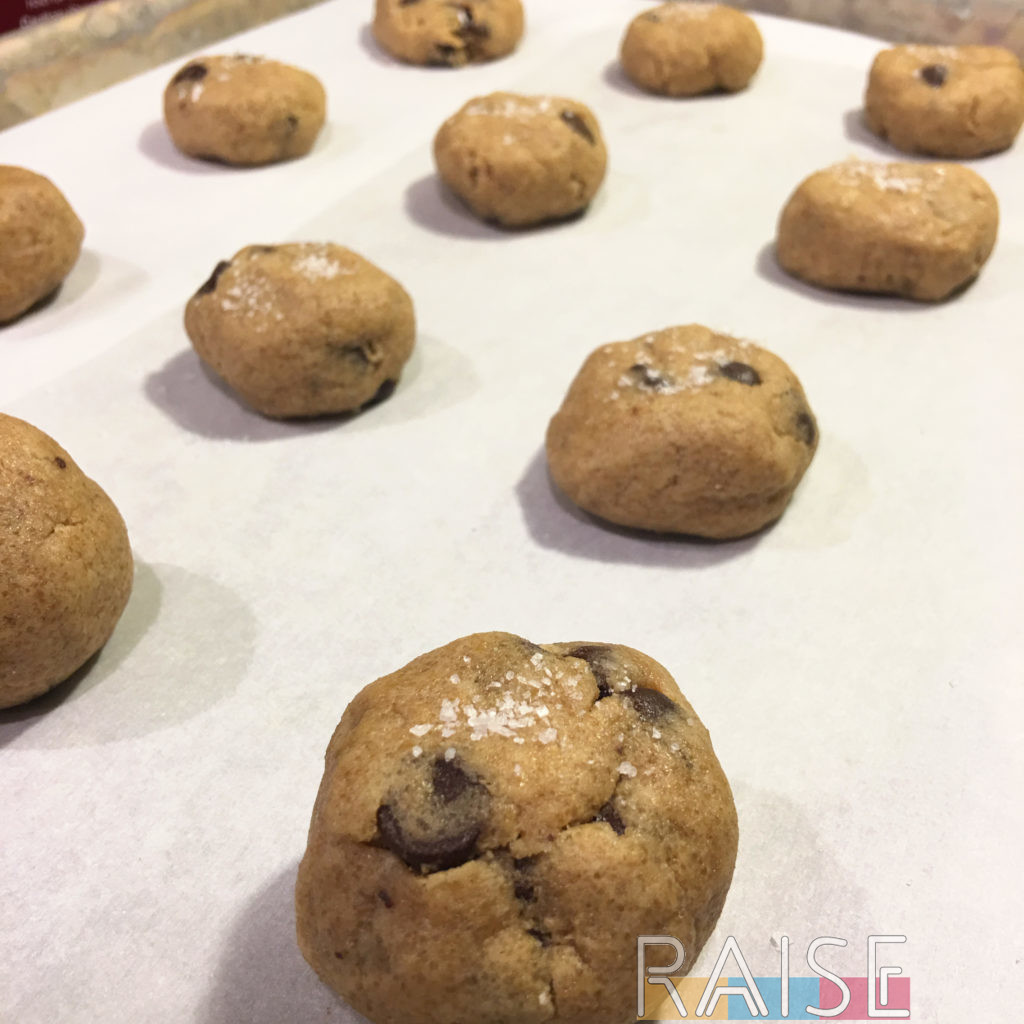
Why Parchment Paper is a Must Have in Gluten Free Baking
In my humble free-from opinion, parchment paper is a must use in gluten-free baking. This allows you to make the perfect treat without struggling with the release of said treat. It’s not uncommon for baked goods to stick to your baking tray, especially if they’re free-from. For best results, it’s a good idea to line the tray with parchment paper, then add your cookie dough. After baking and removing the cookies, your clean up will also be easy.
When using parchment paper, you usually won’t need any kind of oil, oil + flour, or spray oil to coat the tray. Just place your batter/dough on the parchment paper and bake as you normally would.
Do You Really Need a Large Mixing Bowl and Airtight Container?
Maybe. Large mixing bowls are helpful at preventing messes. Additionally, some recipes will ask you to cream (whip) the butter and sugar together. This is harder to do in a small bowl. Personally, I use a stand mixer when baking and it does all the heavy lifting for me.
On the airtight container, refer to the storage notes on your recipe card. Some recipe developers will tell you to use an airtight container, and others will give you different storage instructions. Here’s what’s really important to know: with some gluten free cookie recipes, an airtight container will ruin your leftovers.
It has to do with humidity levels and sometimes even the environment that you live in. When I develop cookie recipes, I always do a freezer test because honestly, if possible, that’s the best way to store your cookies. It allows them to stay close to day one flavours/textures once thawed. However, not all cookie recipes can be frozen, so make sure you know what the recipe is capable of.
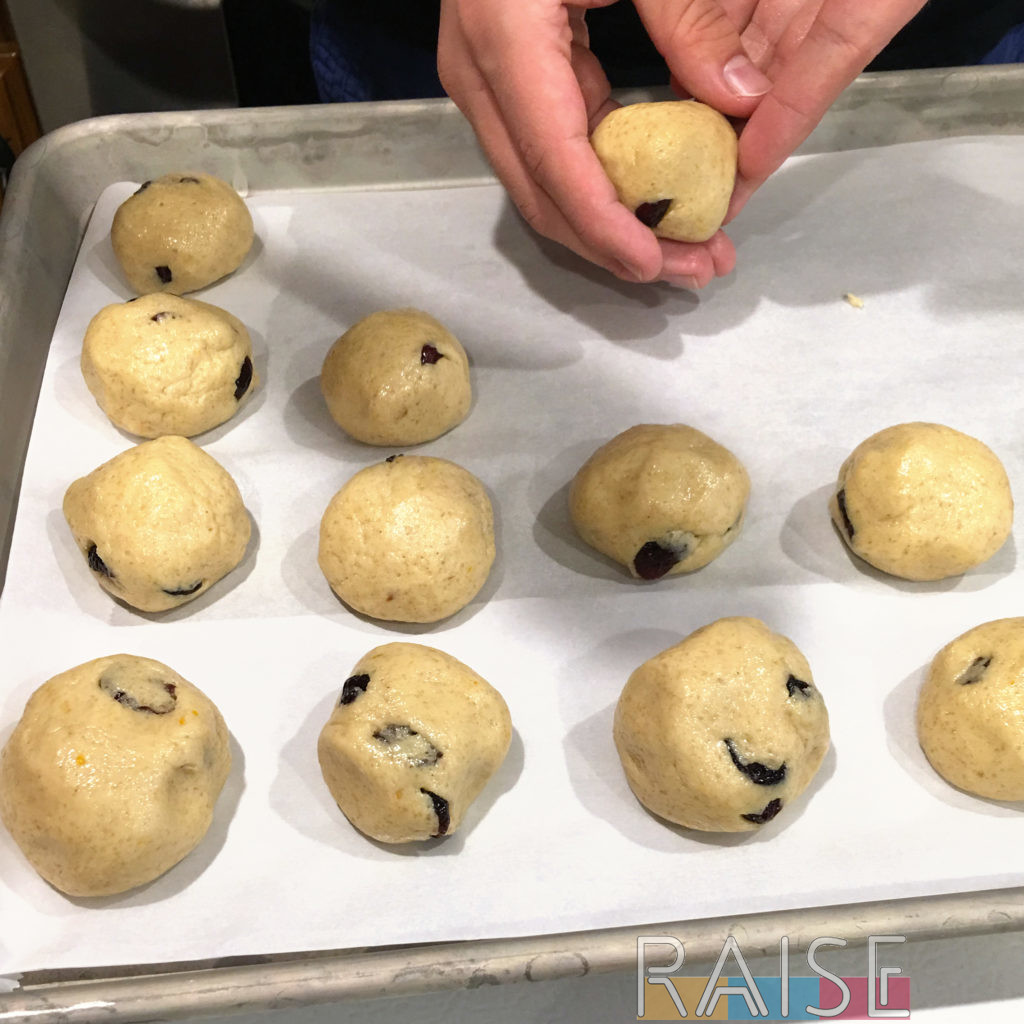
Do I Really Need a Wire Rack When Baking Cookies?
Honestly, rarely. Some recipe developers use them to control the cooling process of the cookies, and to prevent a steaming effect. The recipe card and notes should have instructions. For the cookie recipes I share, I’ve never had someone use a wire rack, as I take advantage of carryover cooking. When you’re working with free-from ingredients, carryover cooking can be the ace up your sleeve that helps produce perfect results without burning your baked goods.
Are Cookie Dough Scoops Worth the Investment?
Sometimes. Honestly, I’m embarrassed to say this, but I’ve purchased at least 20 of them. In my defense, I did operate a free-from bakery, and it was a critical tool. A cookie scoop can be used for portioning your cookie dough into perfect cookie dough balls before baking, however, it has additional uses. I’ve found that the small scoops (2 tsp) are perfect for portioning batter for mini cupcakes. A large cookie scoop is about the same size as an ice cream scoop. If you already have an ice cream scoop, just use that.
You can also use your scoops for portioning meatballs which can be super handy. You can skip rolling and shaping meatballs! Just be sure to pack the meatball mix tightly into the scoop so you have a nice ball shape.
One of the key reasons people use a cookie scoop (or an ice cream scoop) when baking is to create a consistent size. When all of your cookie dough balls are the same size, you help promote even baking.
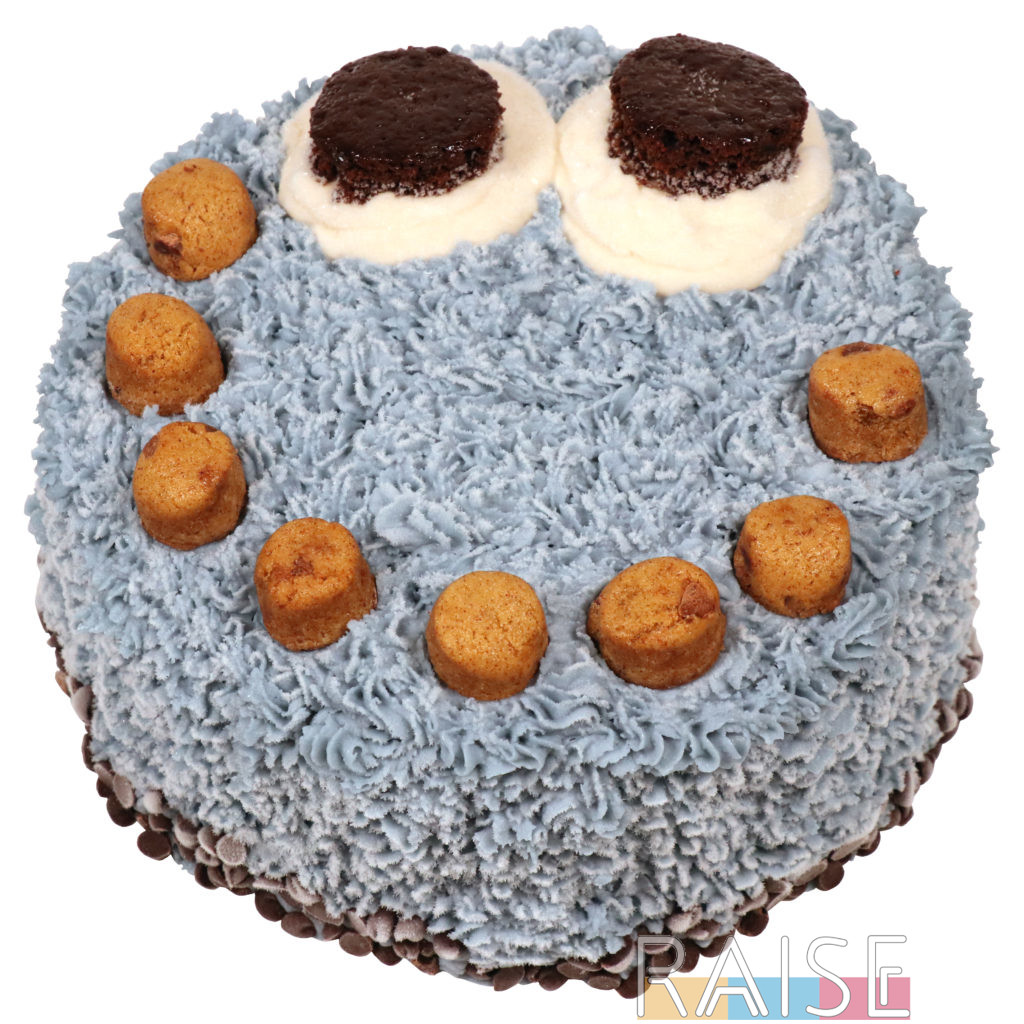
Common Ingredients Used in Gluten Free & Dairy Free Cookie Making
- Vanilla Extract
- Brown Sugar
- White Sugar
- Tapioca Flour
- Vegan Butter
- Oat Flour (not tolerated by everyone with Celiac Disease, this article has more information)
- Sorghum Flour
- Rice Flour
- Coconut Sugar
As you dive into the world of free-from baking, you’ll find that there are ingredients used over and over again. The list above is not an exhaustive list, but a great starting point. If you opt to follow someone else’s recipes, you’ll most likely notice a pattern of the ingredients used, especially when making a gluten free all purpose blend from scratch.
Selecting and Using Vegan/Dairy Free Butter When Making Vegan Cookies
Most cookie recipes you find will require butter, either from cow’s milk or a vegan alternative. It’s important to note that not all vegan butters are created equally. Additionally, you may have extra limitations such as cashew free, coconut free, or soy free. In those cases, you’ll be limited to which brands of vegan butter you can use.
In place of butter (cow’s milk), many bakers choose a vegan dairy free butter option from brands such as Earth Balance. That particular brand offers a range of options, and some include major allergens. Other brands such as Melt contain tree nuts.
Most vegan butter will work well in cookie recipes. Be sure to read the package/manufacturer’s website to see if they list any limitations. What you should know is that they all taste different. A vegan butter that’s mostly cashew will taste different when compared to a vegan butter made from a blend of oils. Keep that in mind as you’re selecting a vegan butter for your cookie recipe.
In some cases, the flavour of your vegan butter won’t matter, as it will be overpowered by the cookie flavour (think: dark chocolate cookie). A Danish Butter Cookie on the other hand, where butter is the fore-flavour, your butter choice may affect the final outcome.
Choosing an Egg Replacer for Your Vegan Cookies
Vegan cookies are egg free, dairy free, honey free, and free from any other animal-derived ingredients. If you’re vegan only, and using wheat flour, you may have the gluten network to help prevent your cookies from turning out awful. If you’re gluten free and vegan, it’s so important that you start with recipes designed for you. GF + V means you’ve removed the two biggest safety nets in baking. However, have hope!! I’m here to let you know that we’re living in times where gluten free + vegan baking is easy peasy. Later in the article, I’ll share plenty of cookie recipes you can enjoy.
Flax Egg: The Most Common Substitute
Most vegan cookie recipes will tell you to use a flax egg, which is flax combined with water. However, there are many different ways to make a flax egg, so make sure you follow the instructions. When flax is combined with water, it forms a gel, which can be used to help moisten and bind the recipe. However, not all flax eggs are created equally. Some developers have you use a ratio that may not prevent crumbling in your egg free cookies, which is a common complaint I see. Each gluten free + egg free cookies recipe I share does not crumble, and that’s something I’m proud of. The recipes are engineered from the ground up to make sure you get the best results.
Eggs Do Several Things in Baking Recipes
It’s important to know that eggs can left, moisten, and bind. These features are important because when you’re choosing an egg replacer, you need to know which function(s) you’re replacing. If an egg free recipe has extra baking powder (lift), you only need an egg replacer that will moisten and bind.
With commercial egg replacers, there are generally two types: lifting agents and binding agents. It’s rare that you’ll see a replacer claiming to do both. Keep that in mind as you make your choice.
Granulated Sugar vs Liquid Sugar
Since we’re talking about wet ingredients and dry ingredients, let’s take a quick look at sugar. The type of sugar you use will alter the shape, flavour, and (in most cases) the colour of your cookies. Granulated sweeteners, a sugar grain you can hold in your hand, will be the most common type used in cookie making. Granulated sugars include: brown sugar, white sugar, maple sugar, date sugar, and coconut sugar.
Liquid sweeteners on the other hand include maple syrup, honey, and agave. This is the most important thing I can tell you: DO NOT INTERCHANGE THE TYPES.
When substituting sweeteners, you must substitute granulated for granulated, or liquid for liquid. Additionally, sugar alcohol sweeteners, keto sweeteners, etc. cannot be substituted into a standard cookie recipe. You must start with a cookie recipe designed for that sugar type. All of the alternative sweeteners usually come with “rules” that need to be followed. For example, one brand says that you need to heat the sugar before using it in a recipe.
The type of sugar you use will also affect the texture. Liquid sweeteners, when used in the correct ratios, will produce chewy cookies. Cookies made with granulated sweeteners tend to produce cookies with nice crisp edges, a crisp bottom, and a soft middle. If you’d like to create chewier cookies, experiment with using a blend of granulated and liquid sweeteners the next time you make a batch of cookies.
Amazing Gluten Free + Dairy Free Cookie Recipes
Here are links to some amazing cookie recipes. Each recipe is gluten free, egg free, dairy free, vegan, and more. Many of the links go to RAISE, my membership website. You can also grab some of these recipes in the free downloads area of the website.
- Gluten, Dairy, Egg Free Classic Chocolate Chip Cookie Recipe I’ve been told these are THEE best chocolate chip cookies!
- Delicious Gluten Free, Refined Sugar Free Chocolate Chip Cookies Recipe
- Gluten Free Vegan Oatmeal Choc Chip Cookies Recipe
- Truly Corn Free Chocolate Chip Cookie Recipe
- Salted Dairy-Free Chocolate Chip Cookies Recipe (Gluten Free, Egg Free, Top 9 Free)
- Pumpkin Oatmeal Chocolate Chip Cookies Recipe (Vegan, Gluten Free)
- Spicy Chocolate Cookies (GF, V, Top 9 Free)
- Amazing Gluten Free Edible Chocolate Chip Cookie Dough Recipe (Vegan, Top 9 Free)
- Gluten Free Oreo Cousin Cookie Recipe
- Gluten Free Girl Scout Thin Mint Chocolate Cookies Copycat Recipe (V, Top 9 Free)
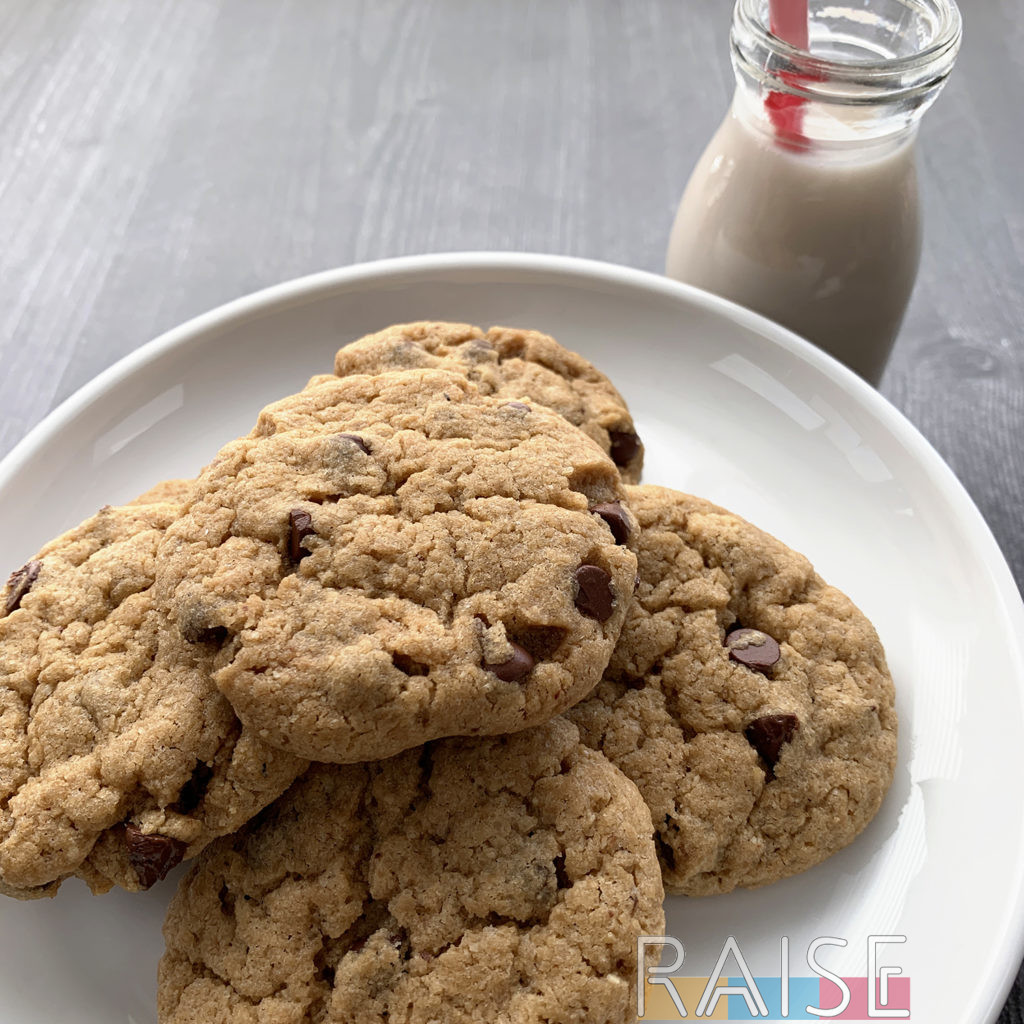 |
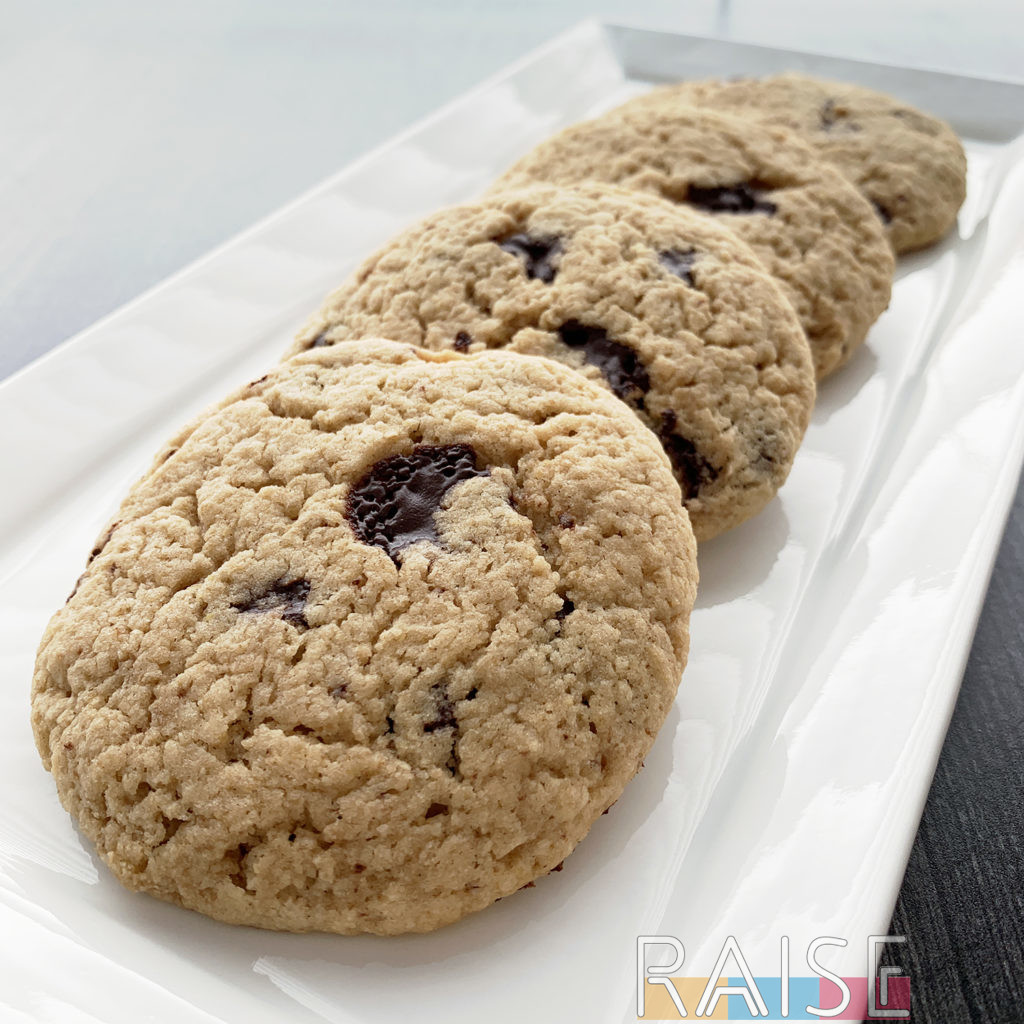 |
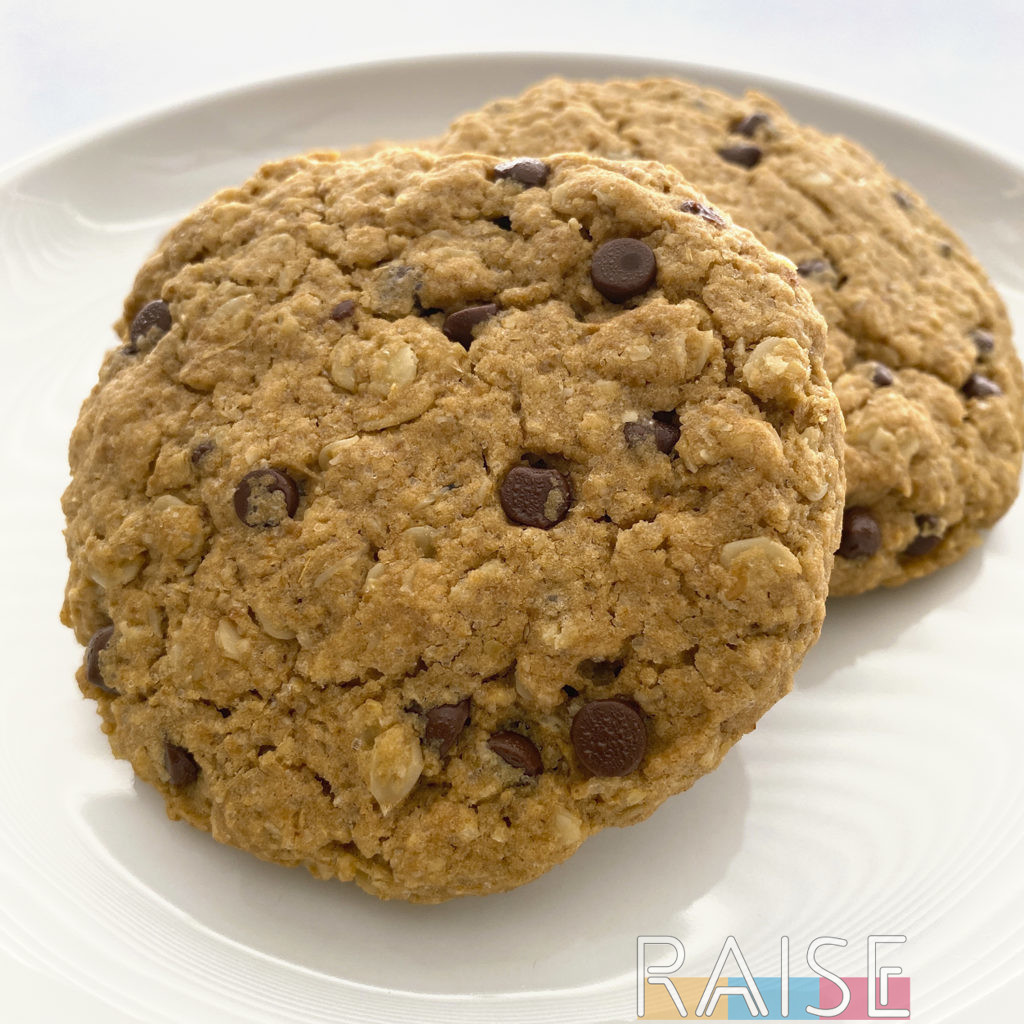 |
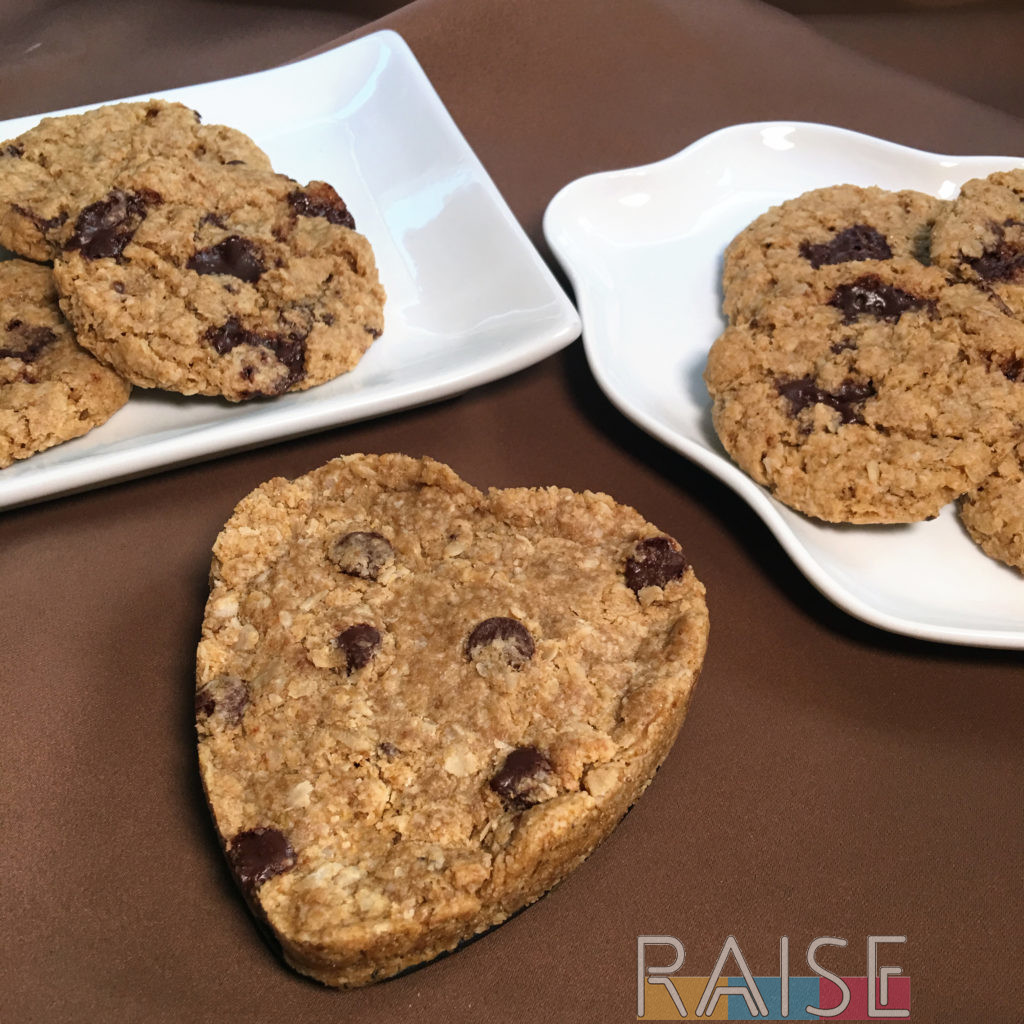 |
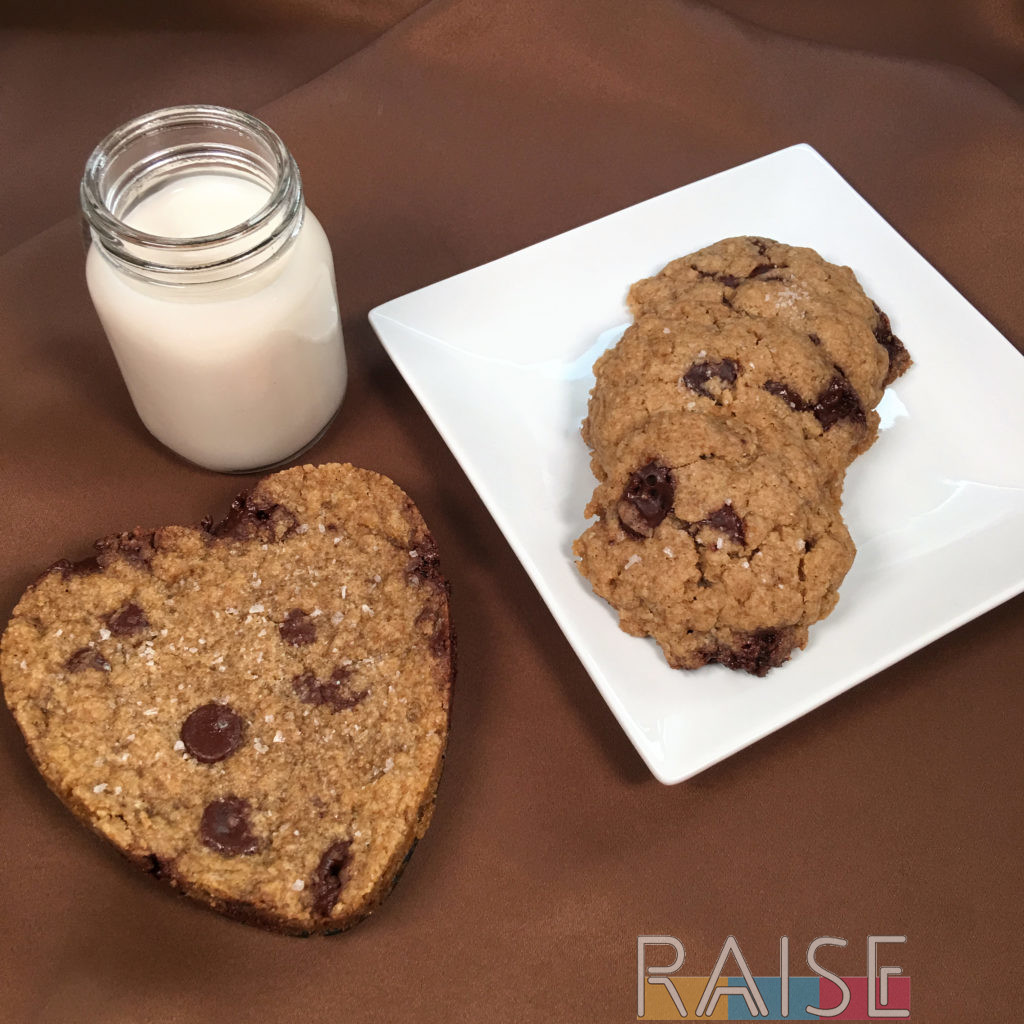 |
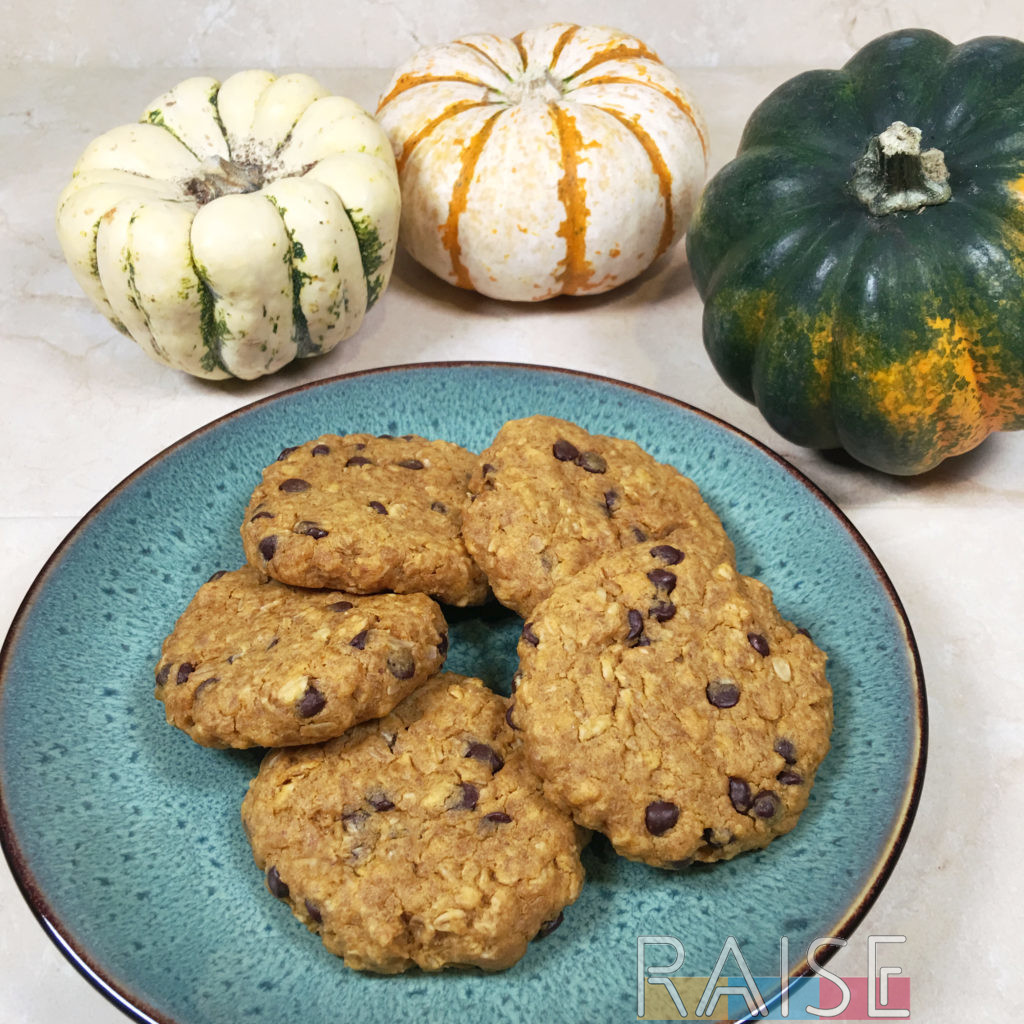 |
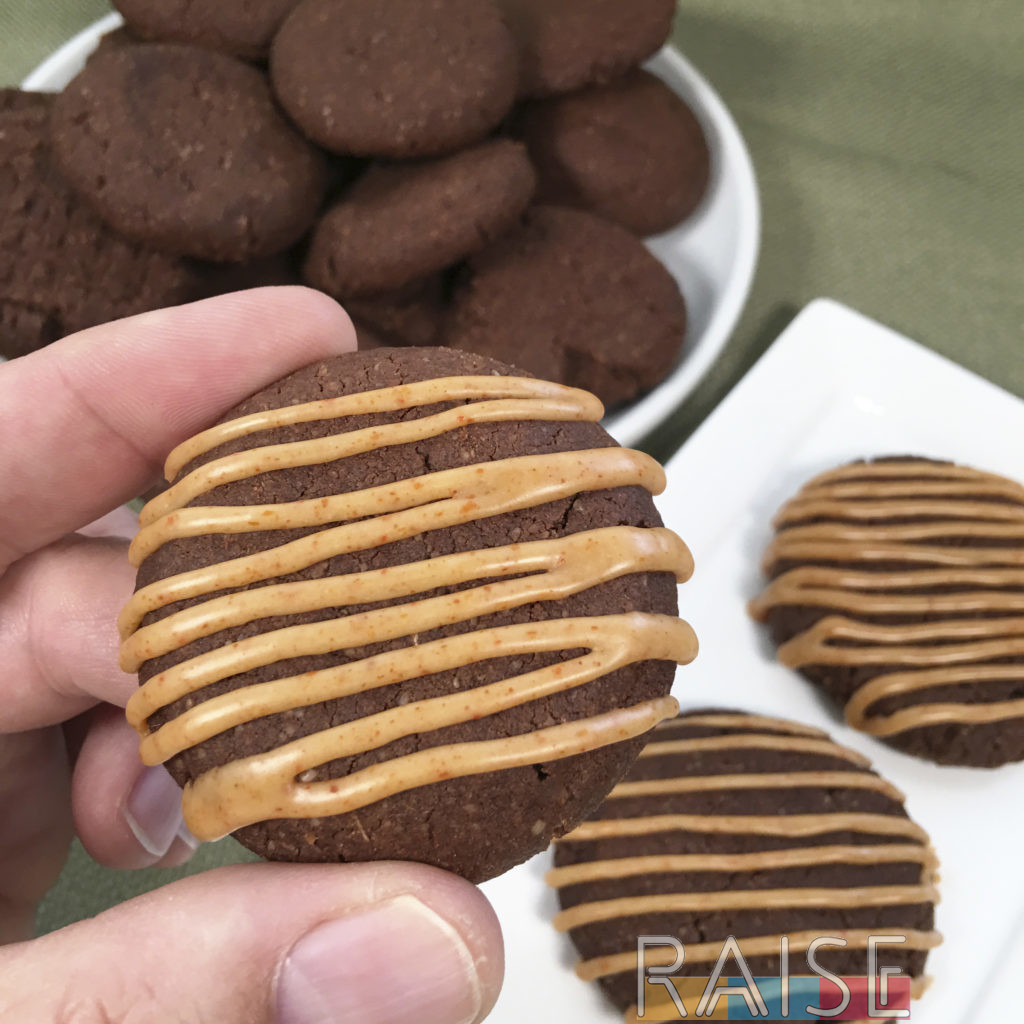 |
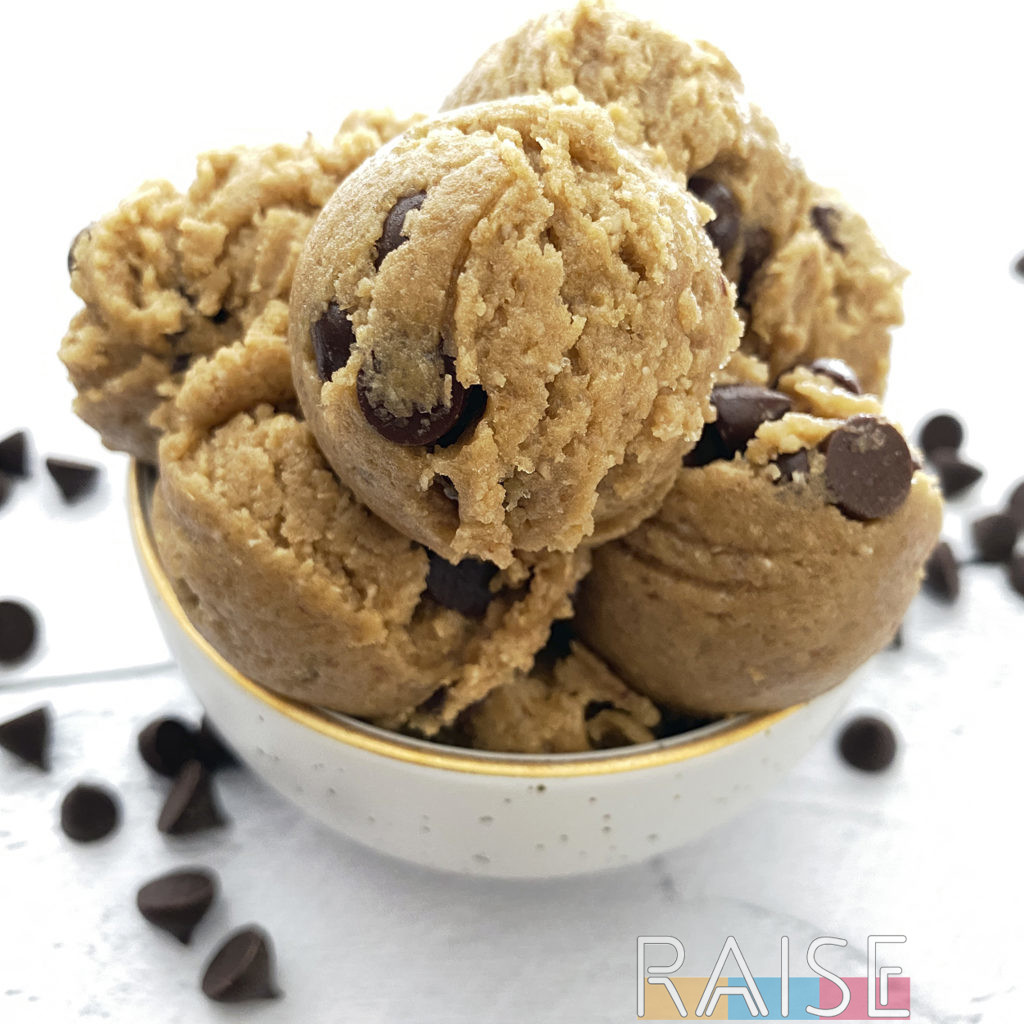 |
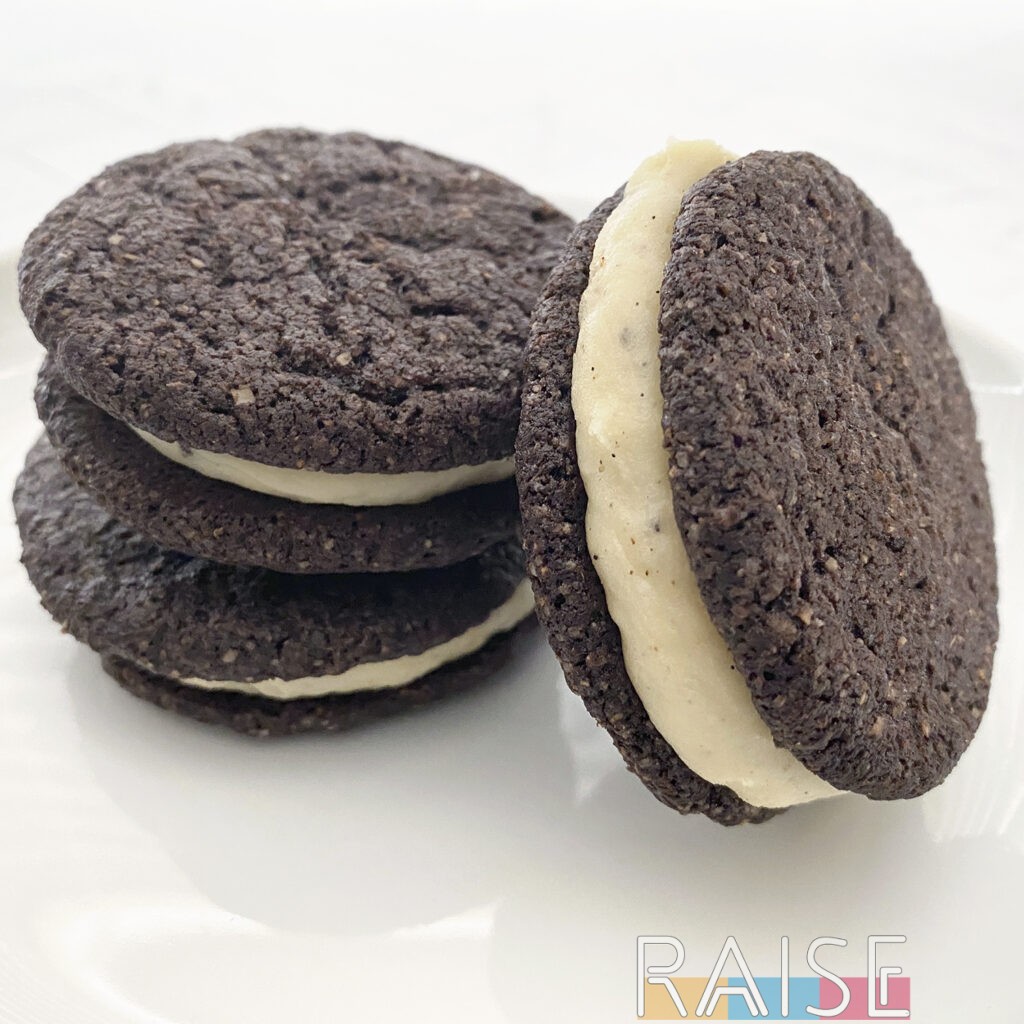 |
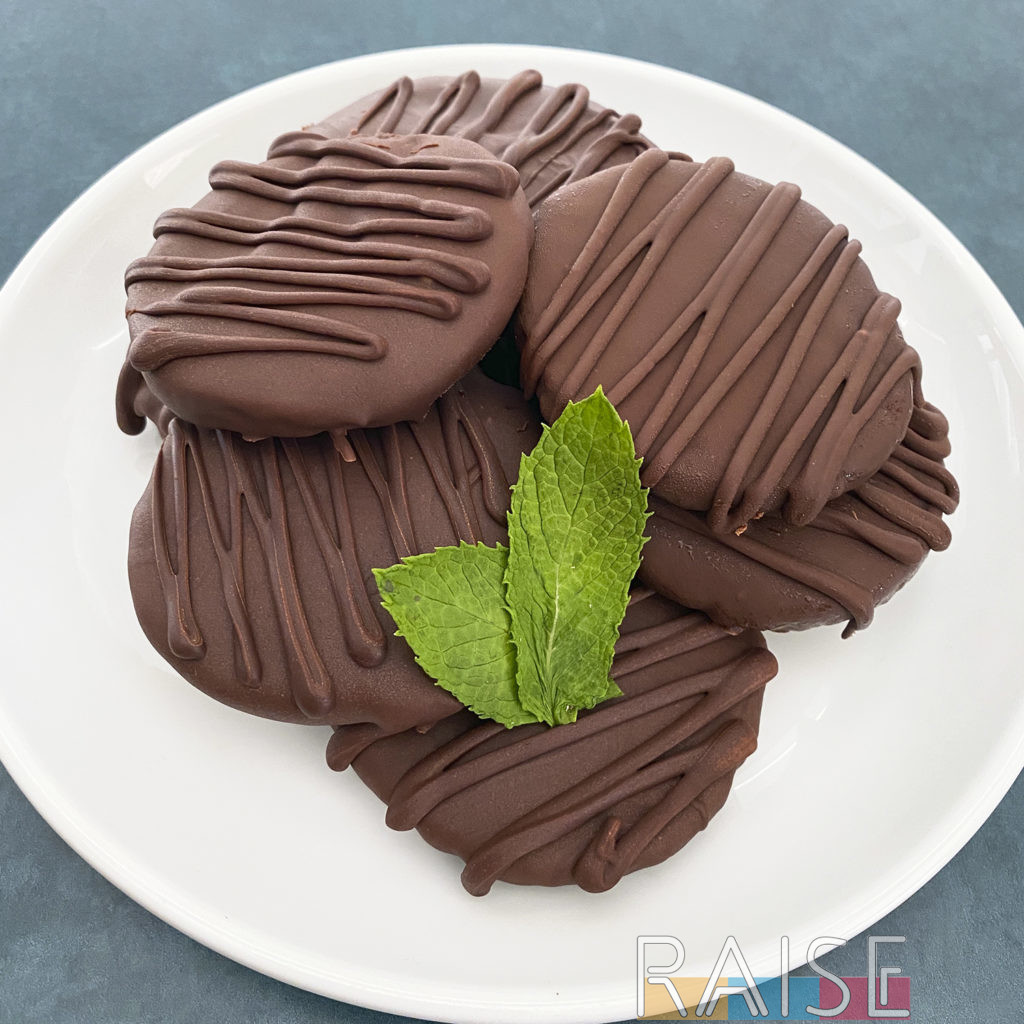 |
Gluten-Free & Dairy-Free Cookie Recipes You’ll Love
- Gluten Free Fluffy Rose Cookies Recipe (Sugar cookie style, top 9 free)
- Dairy Free Faux M&M Candy Cookies Recipe (GF, V, Top 9 Free) One of my kids say this is their all time favorite gluten free + top 9 allergy free cookie recipe!
- Dairy Free White Chocolate Chip Beet Cookies Recipe (Vegan, GF, Soy Free, Nut Free)
- Dairy Free Danish Butter Cookies Recipe (GF, V, T9)
- Gluten & Dairy Free Honey Lavender Cookies Recipe
- Dairy & Gluten Free Cakey Sugar Cookies Recipe (V, T9)
- Gluten & Dairy Free Raspberry Thumbprint Cookies Recipe (V, T9)
- Dairy Free, Egg Free, Gluten Free Peanut Butter Cookie Recipe (Vegan)
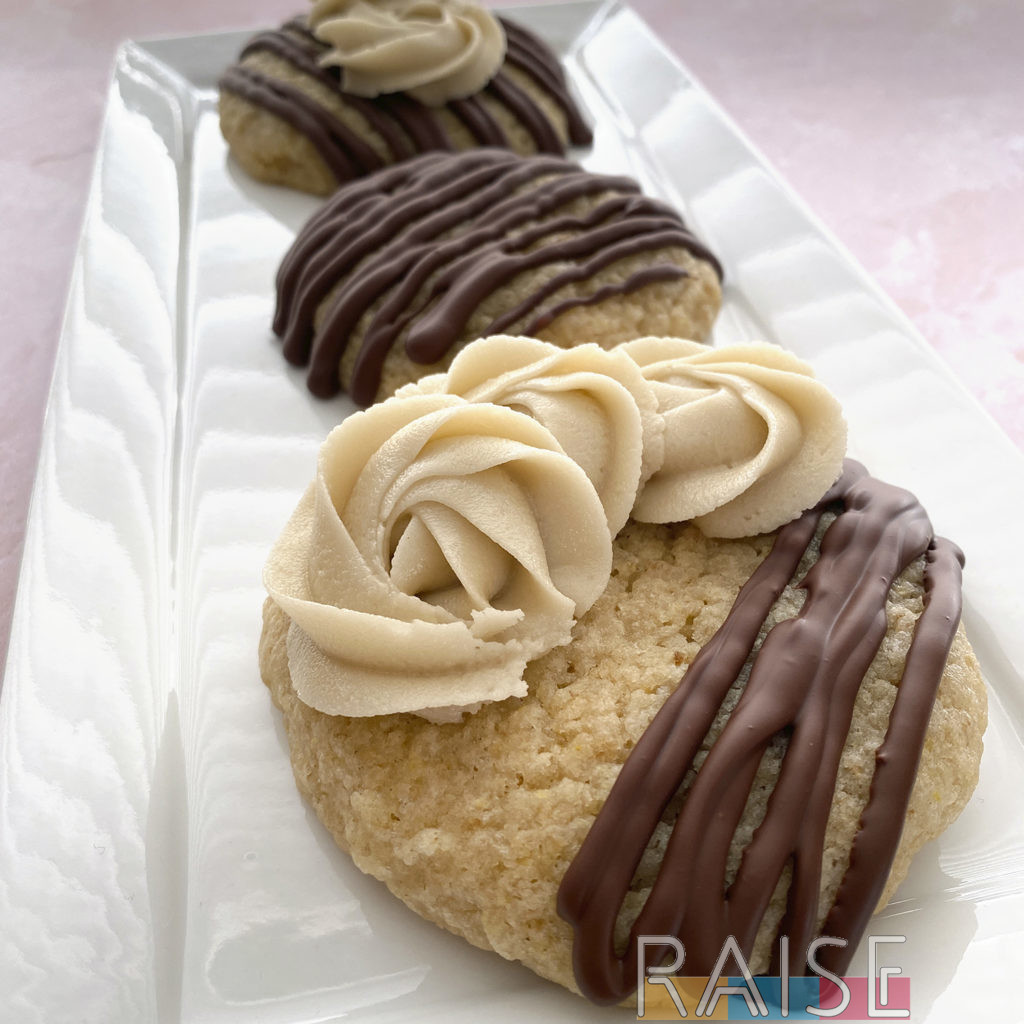 |
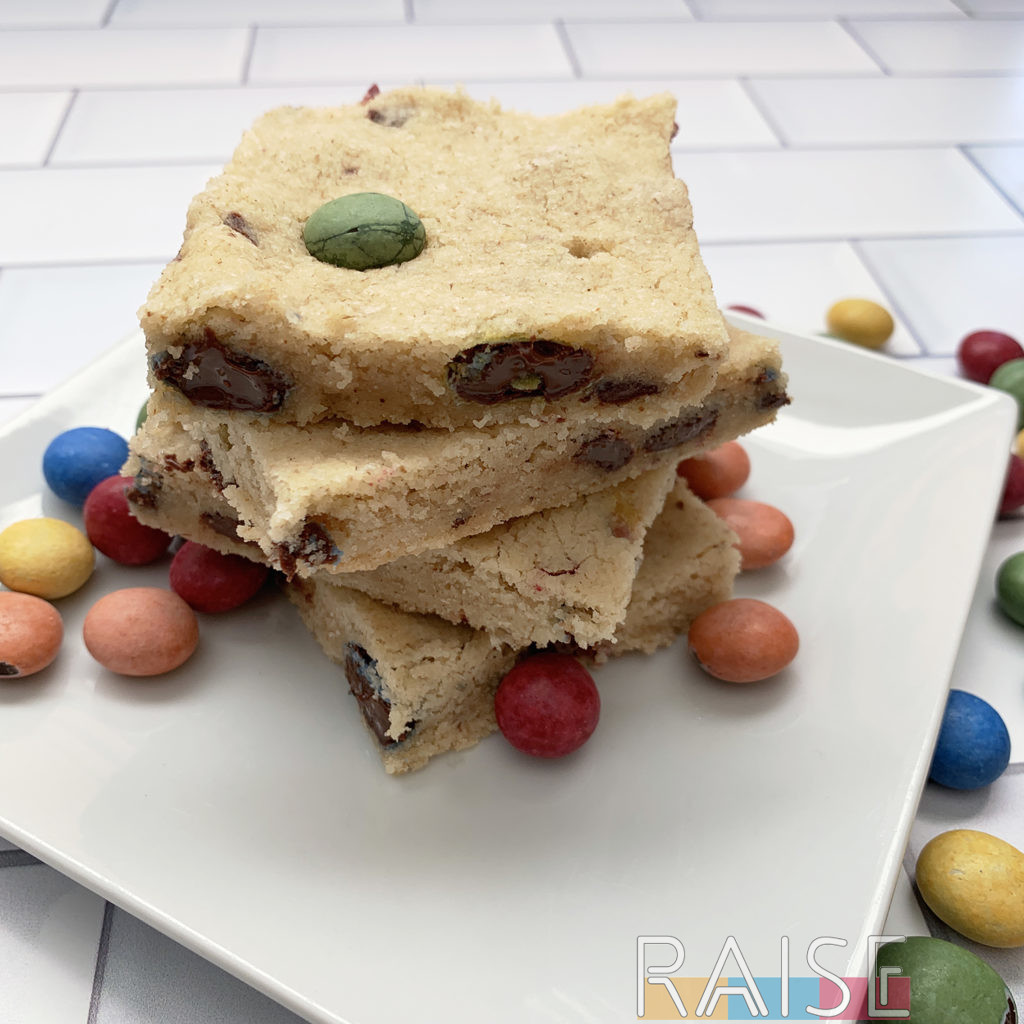 |
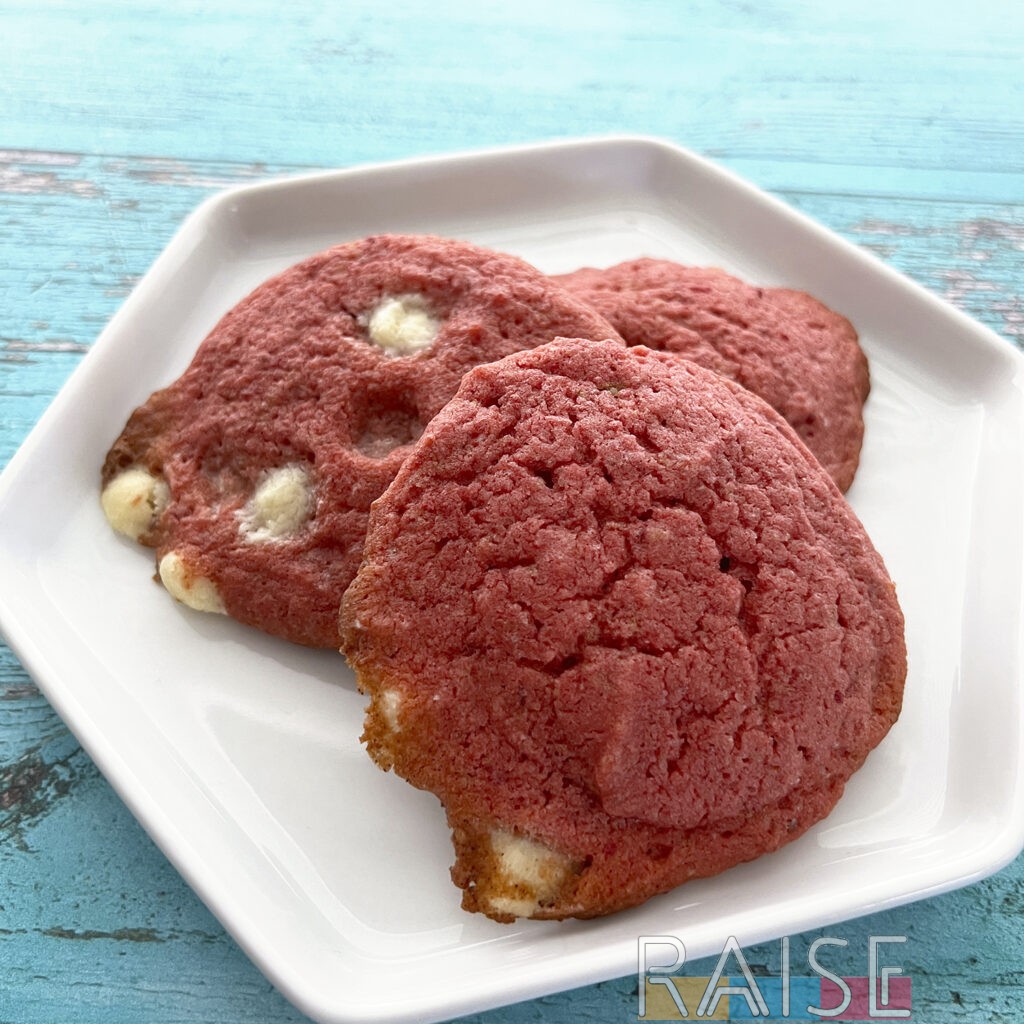 |
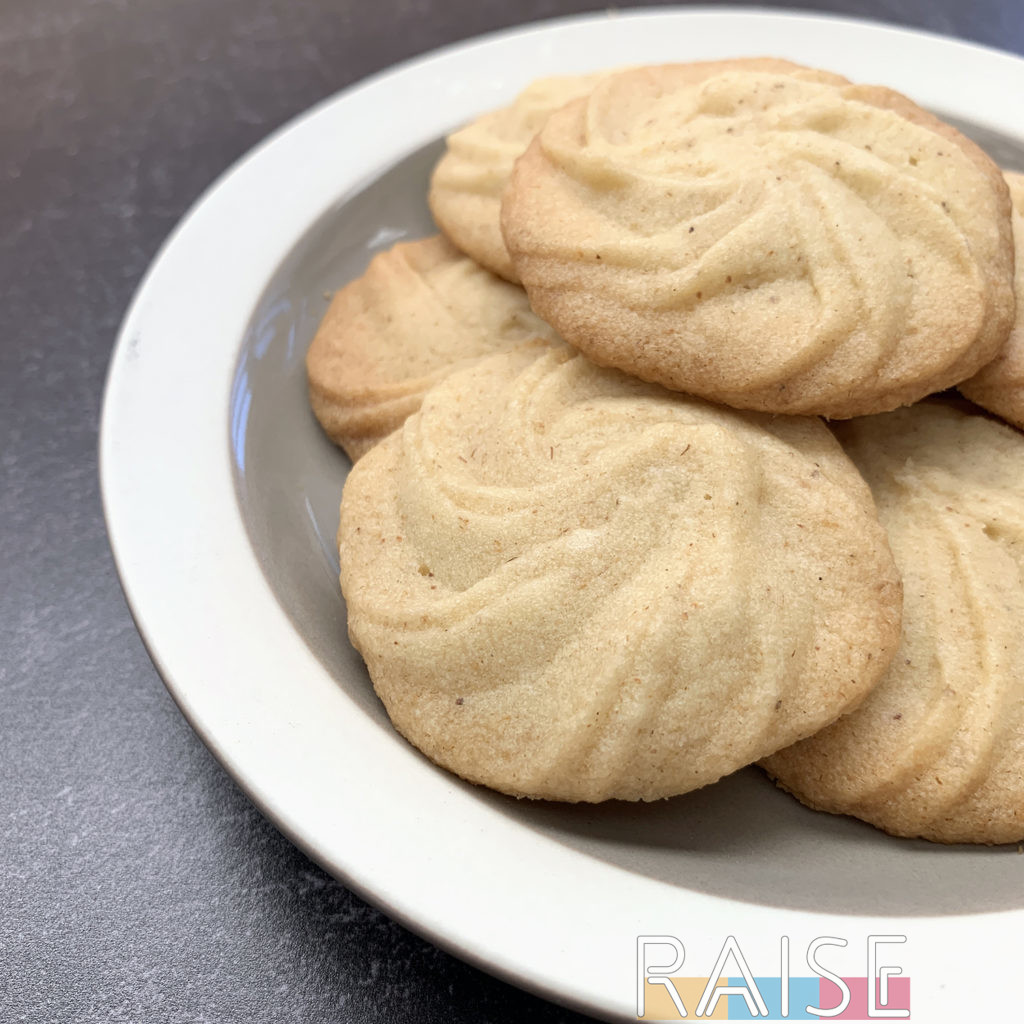 |
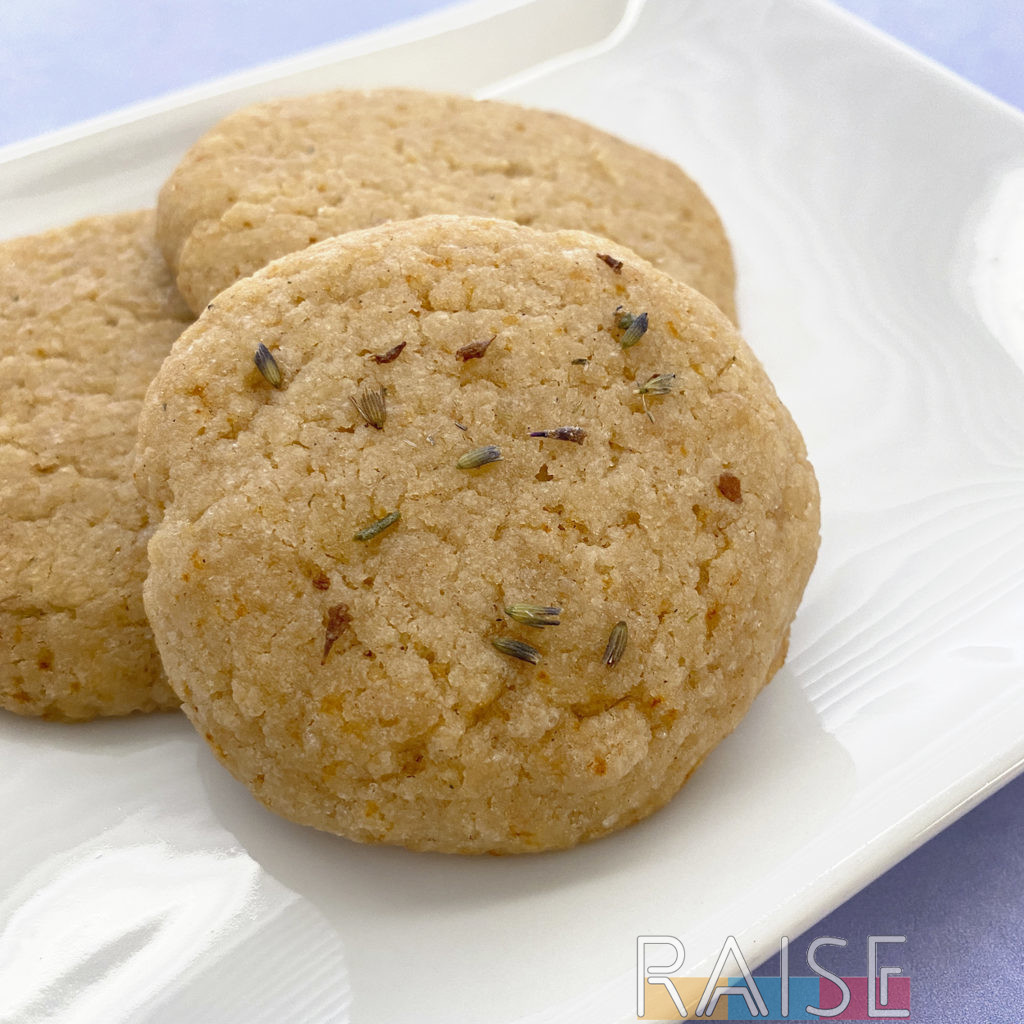 |
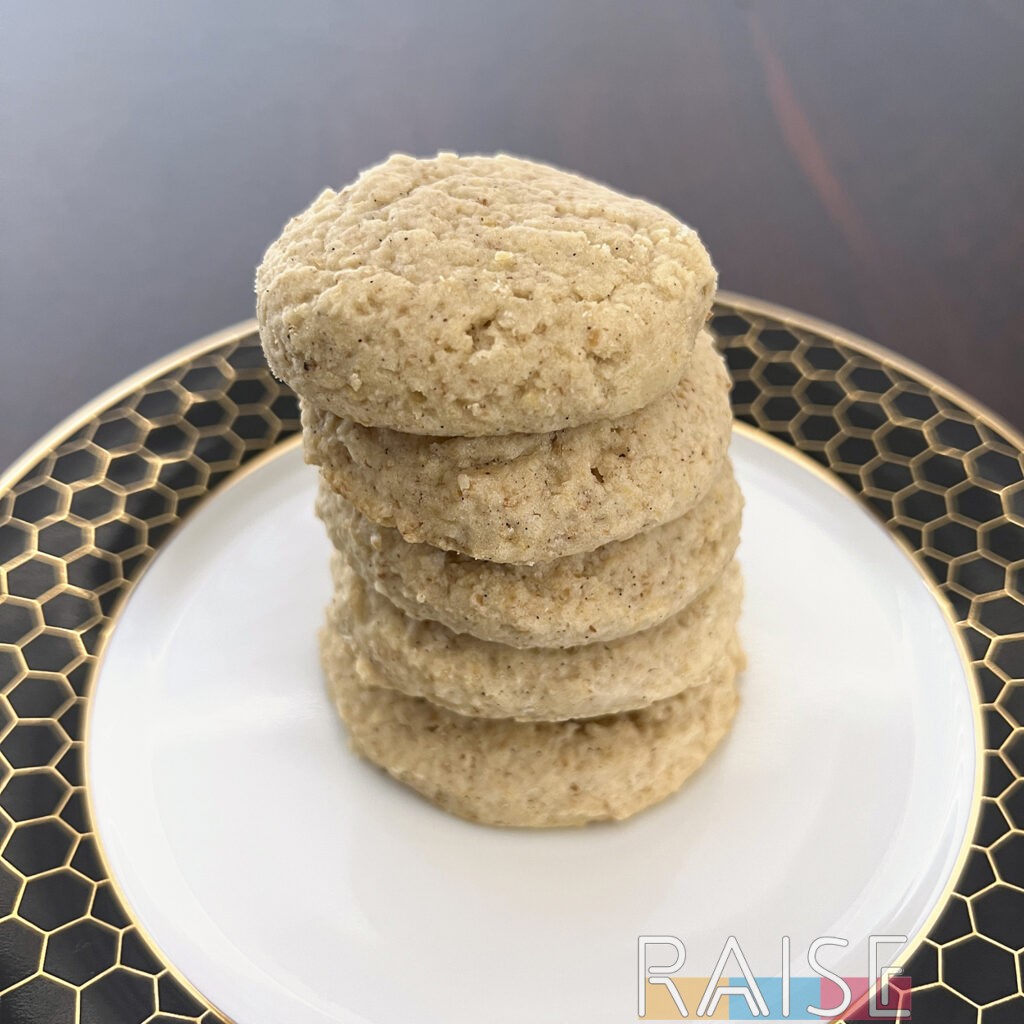 |
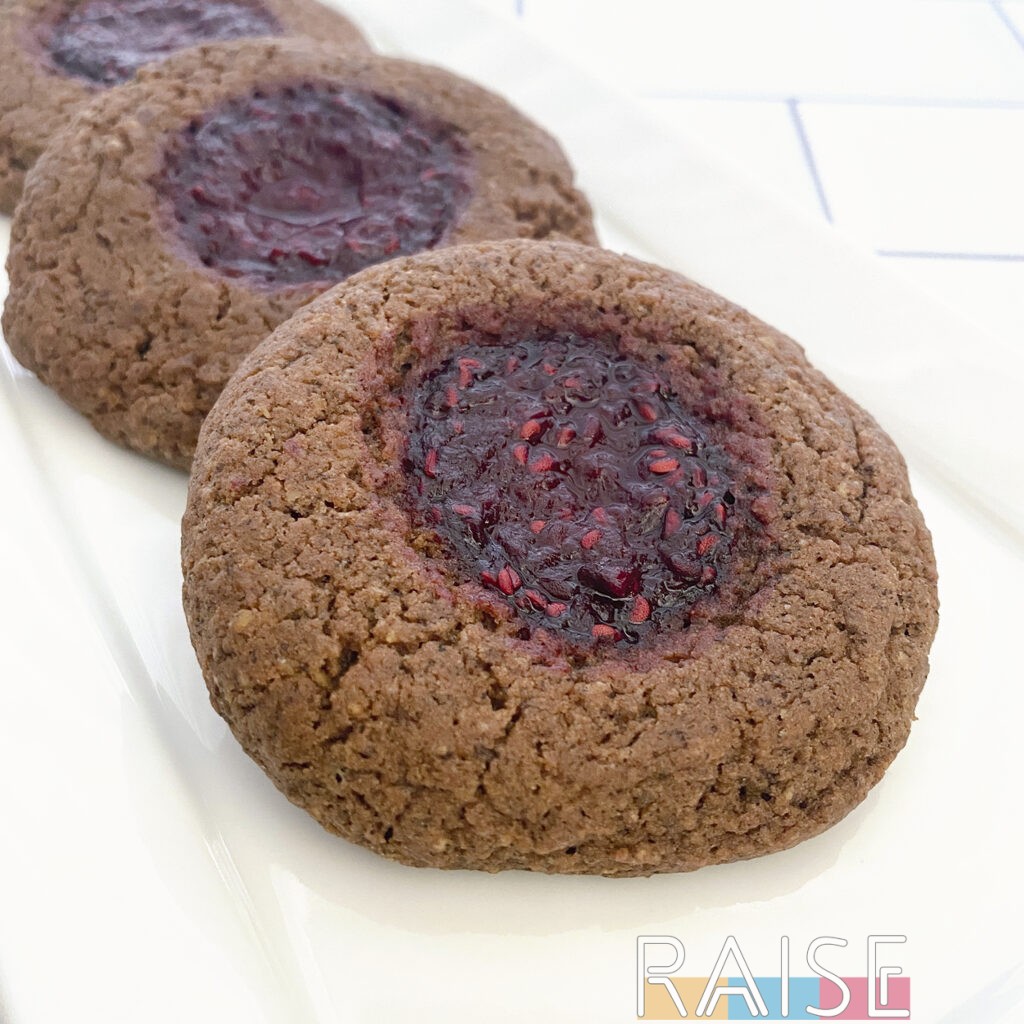 |
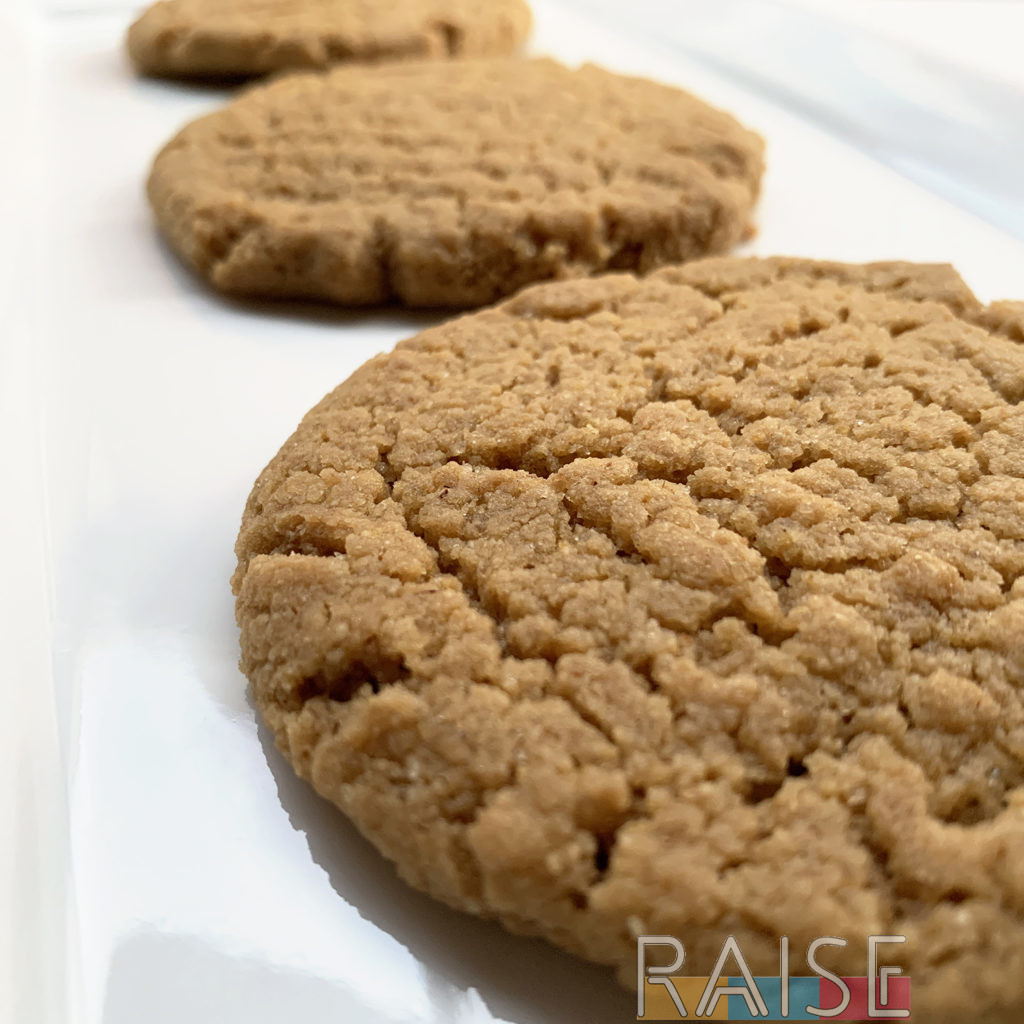 |
Gluten Free & Dairy Free Christmas Cookies Recipes
- Gluten Free Shortbread Christmas Cookies (Dairy Free, Egg Free, Vegan, T9)
- Refined Sugar Free, Gluten Free Edible Mint Chocolate Cookie Dough Recipe
- Cranberry Orange Christmas Cookies (Gluten Free, Dairy Free, Vegan, Top 9 Free)
- Maple Glazed Gluten Free Cut Out Shortbread Christmas Cookies Recipe (V, DF, T9)
- Gluten Free, Dairy Free, Egg Free Gingerbread Cookies Recipe (V, Top 9 Free)
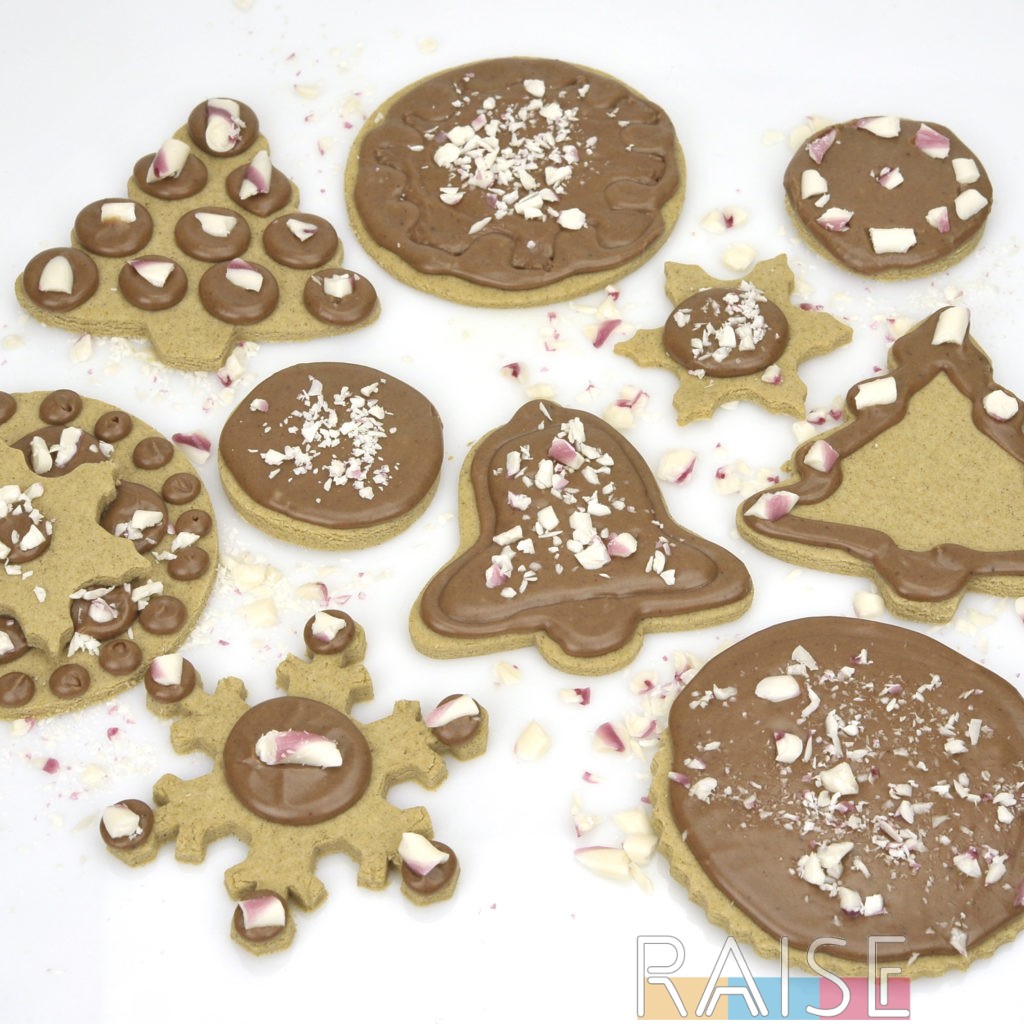 |
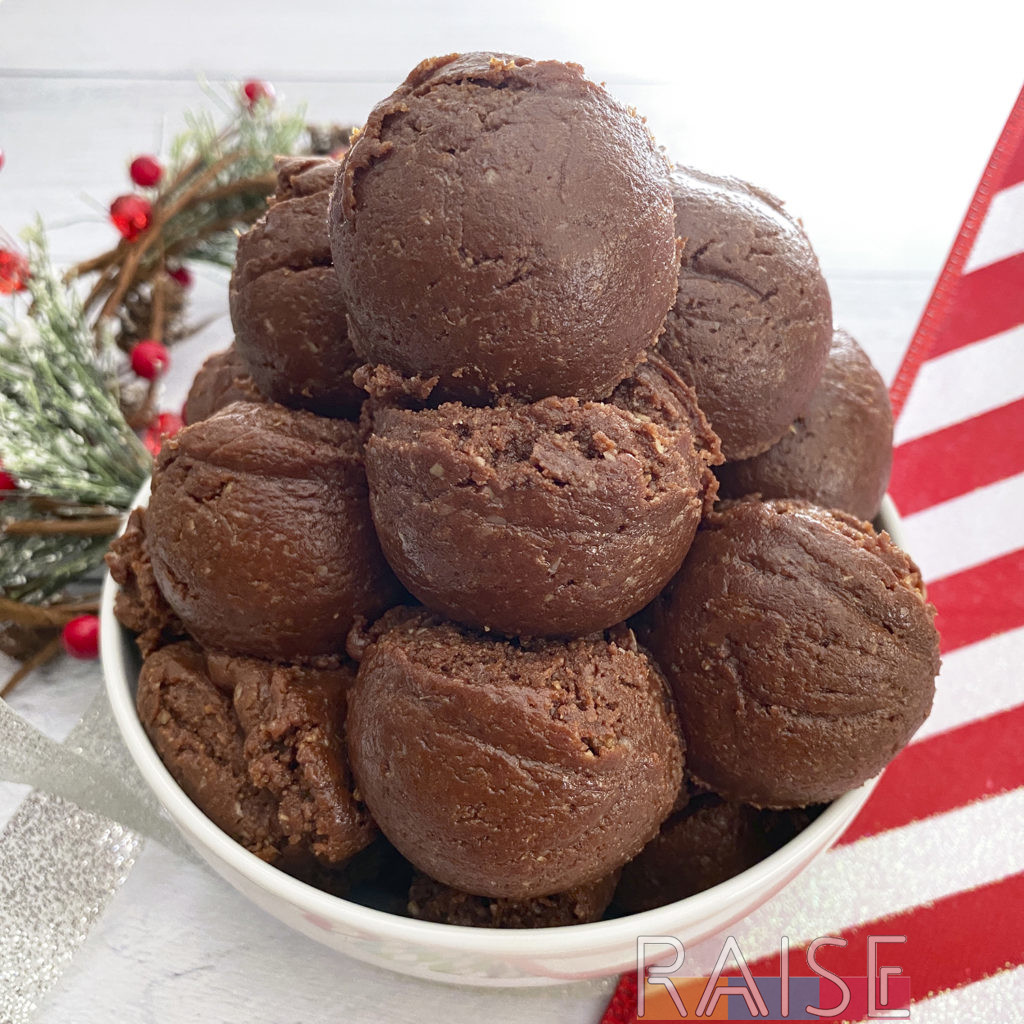 |
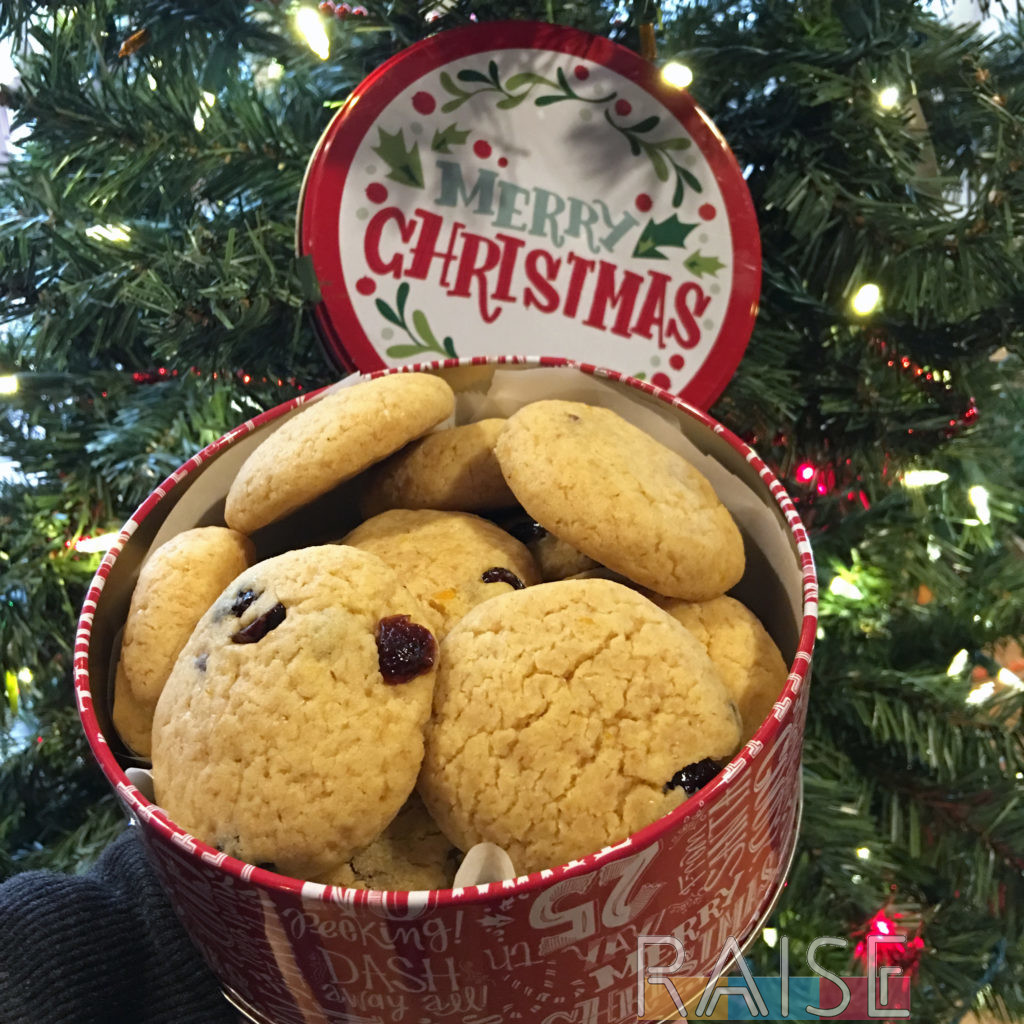 |
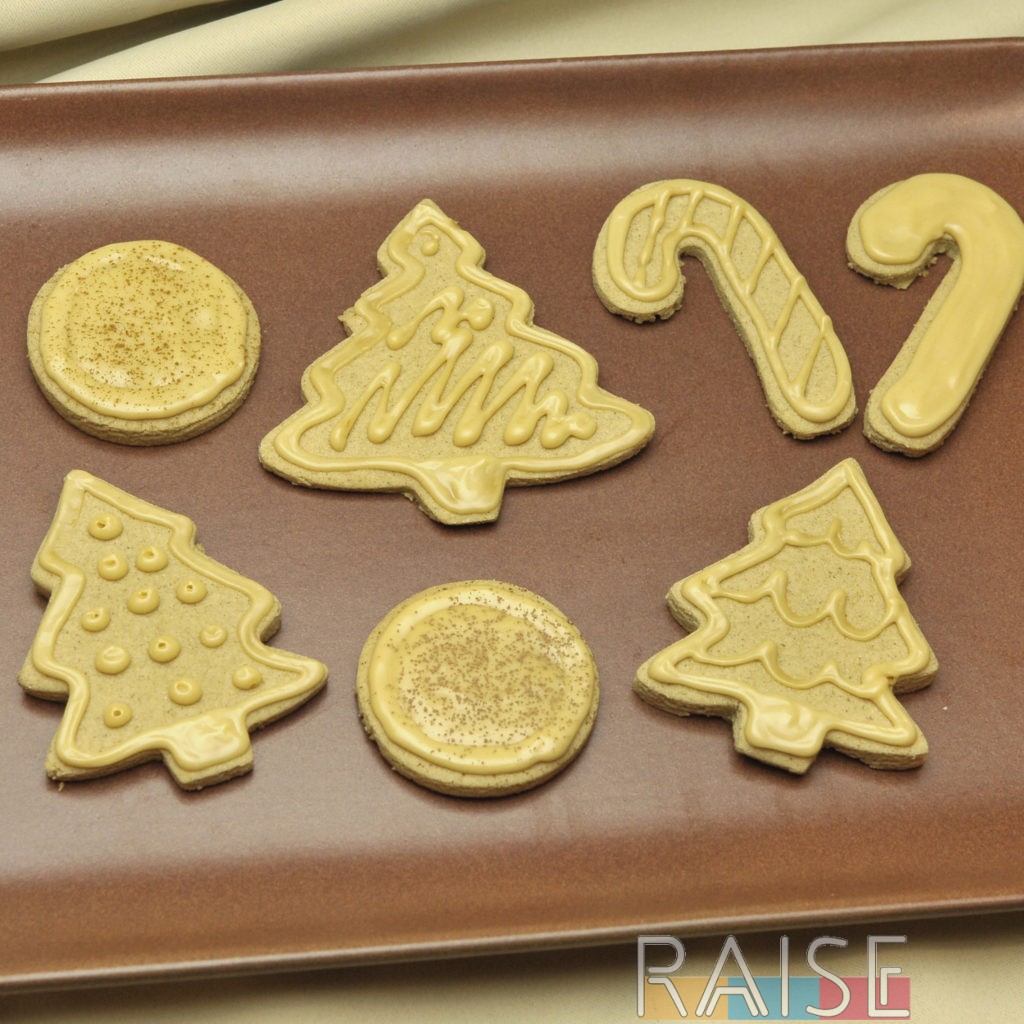 |
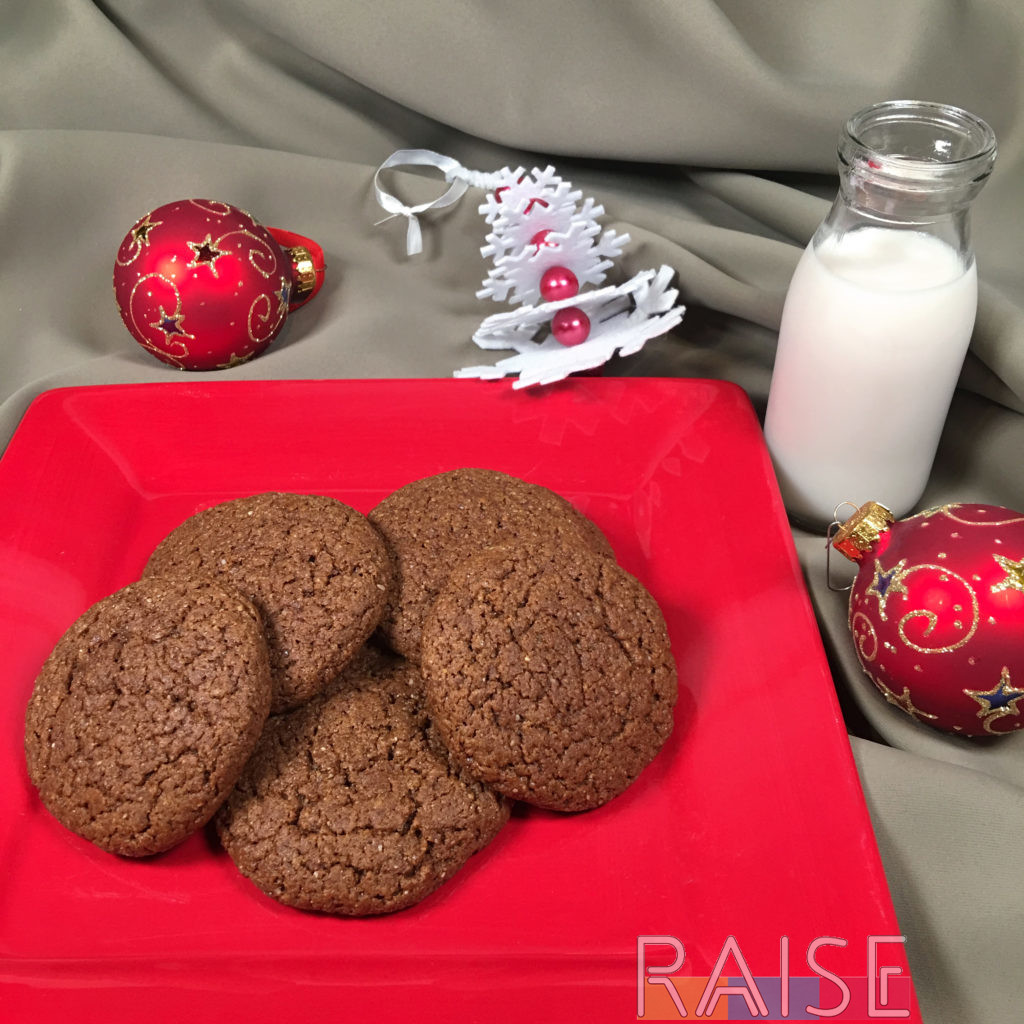 |
Cookie Making FAQ
Do you have a favorite brand of dairy and soy free chocolate chips?
The top two brands I suggest for chocolate chips: Enjoy Life and Pascha. Both of these brands produce dairy free chocolate chips that are also soy free, nut free, vegan, and top 9 allergy free. In fact, both brands also offer white chocolate chips as well.
Is a Cookie Sheet the Same as a Baking Tray?
Not always. Usually when a tray is marketed as a cookie sheet, the material may be different. Additionally, some cookie sheets have small holes in them to promote air circulation. A baking tray will generally be a thick slab of some type of metal with curved edges.
You can use a baking tray for cookies, however, you can’t use a cookie tray in all situations. You wouldn’t be able to use one when making a cake, or with recipes that have a wet batter.
How can I make the best gluten and dairy-free cookies?
In order to get the best cookies, you’ll need to follow the instructions. I know that sounds odd, but I see so many complaints of recipes not working when it turns out the person swapped this, that, and the other thing.
On top of that, you should also use the same brand of raw materials as the recipe developer to have the highest chance of success. Also, I can’t stress this enough for gluten free baking: use a kitchen scale. Having the weights allows you to replicate the recipe flawlessly.
When making your dairy and gluten-free cookie recipe, you’ll also want to, use quality ingredients. People really can taste the difference between low and high quality ingredients. When you’re working with gluten free and other free-from ingredients, know that some of them have a *taste*. It’s somewhat distinct and not always pleasant. Using high quality ingredients will help combat this issue.
Is there a quick way to make a regular cookie recipe a vegan cookie recipe?
Maybe. It will really depend on the type of recipe. If the cookie recipe in question only uses butter and milk, then yes. You can easily swap the milk and butter for a vegan butter and a dairy free milk option.
However, if eggs are used, and you also happen to be gluten free, then no. You won’t have a quick option because you need to account for quite a few functions. In that case, I suggest searching online for Cookie Name + Gluten Free + Vegan + Recipe. Something along those lines should net you results that are closer to your needs right out of the gate. You can also use the search terms “Top 8 Allergy Free” or “Top 9 Allergy Free”. Those terms will eliminate wheat, milk, and egg for you, as each of those is a major allergen here in the US.

